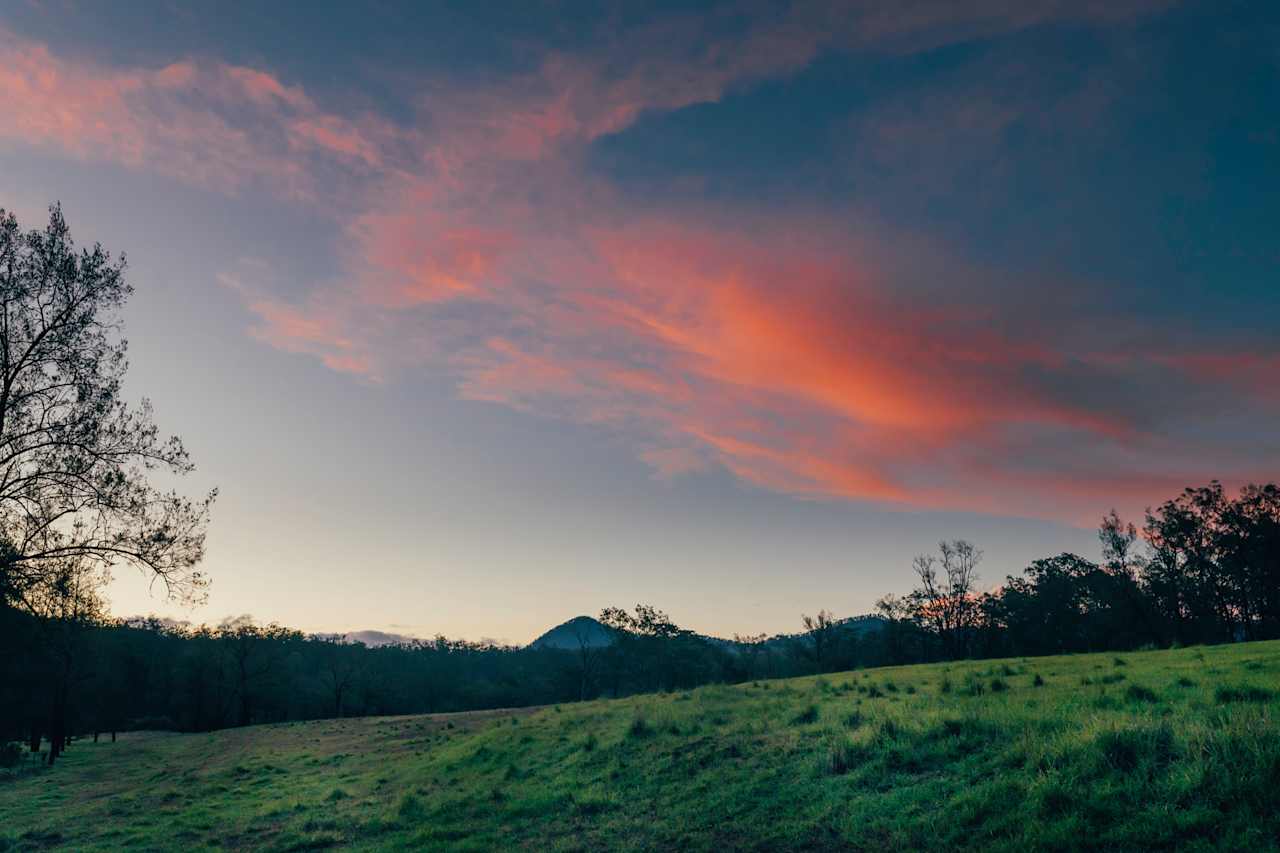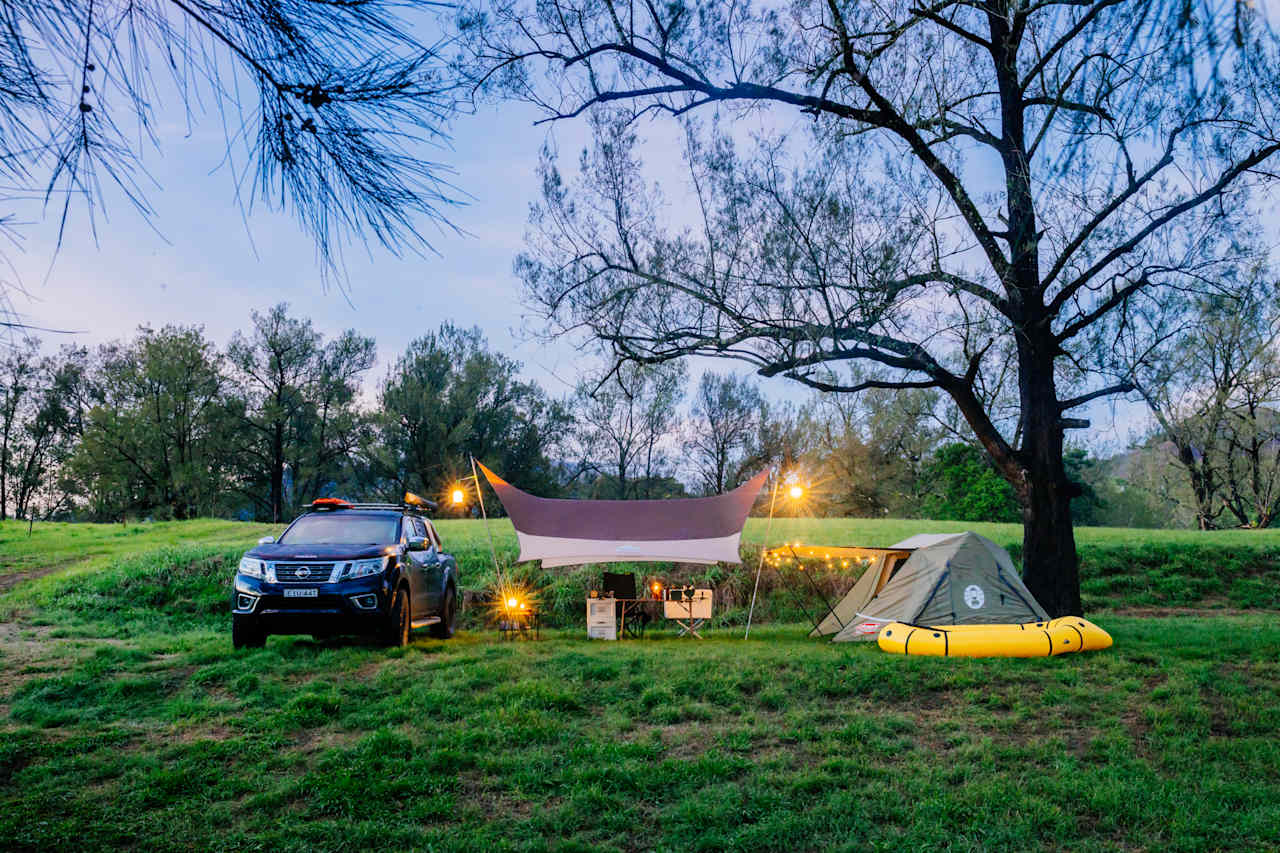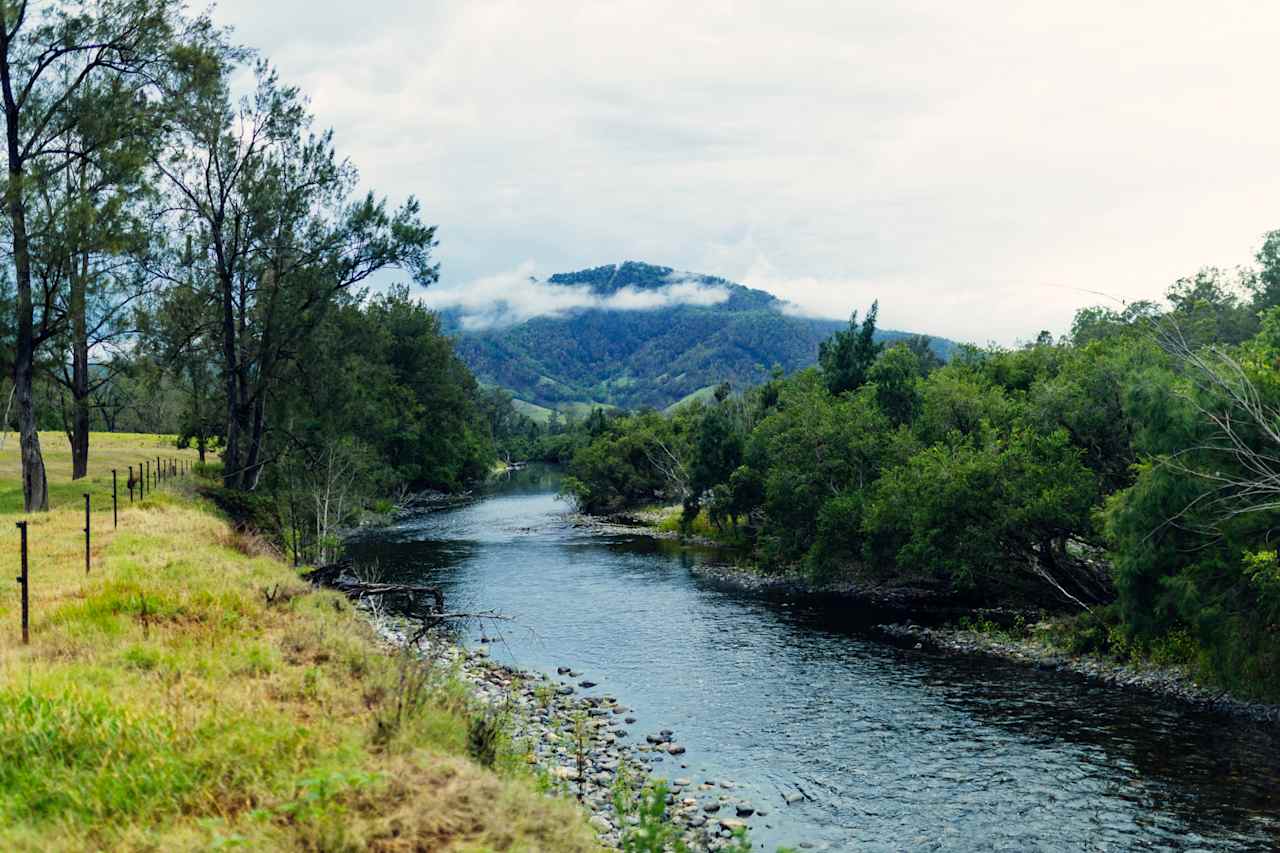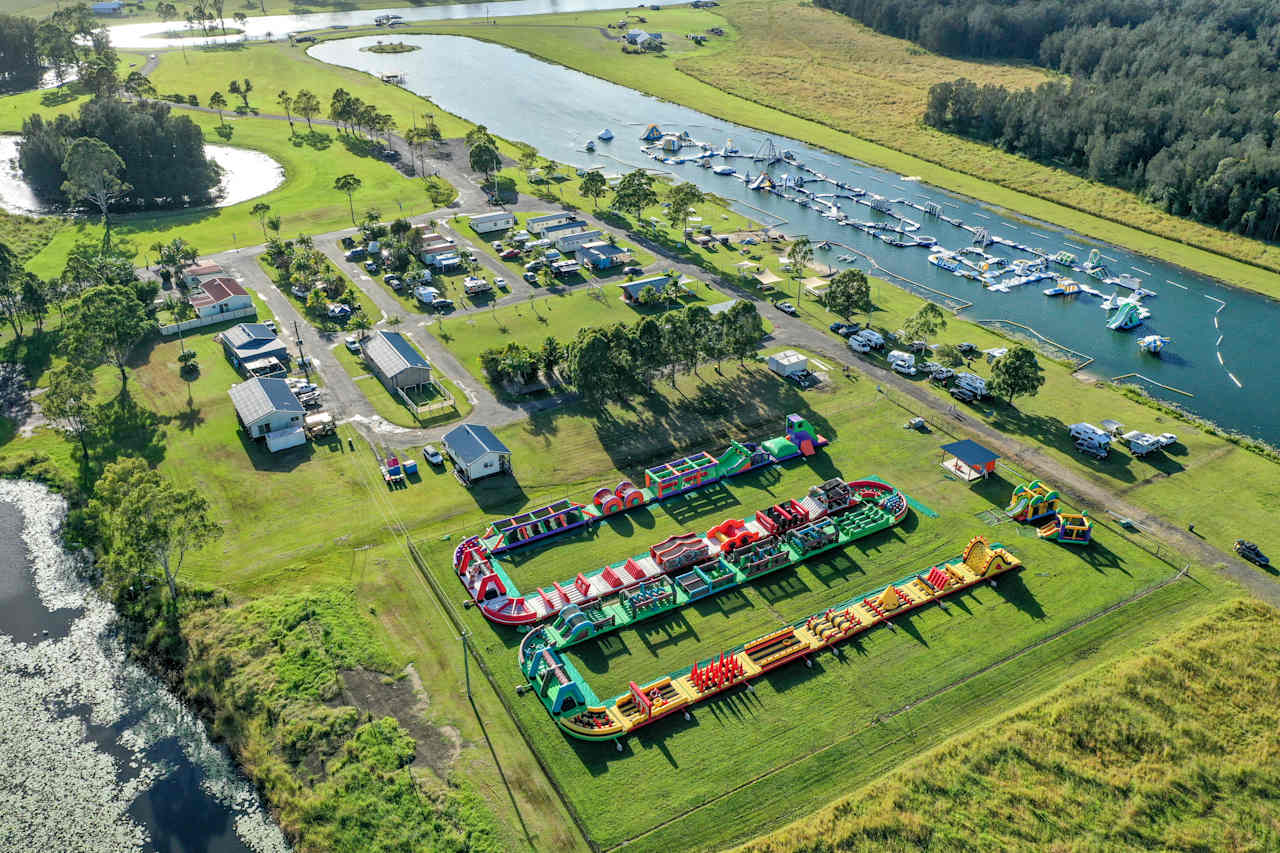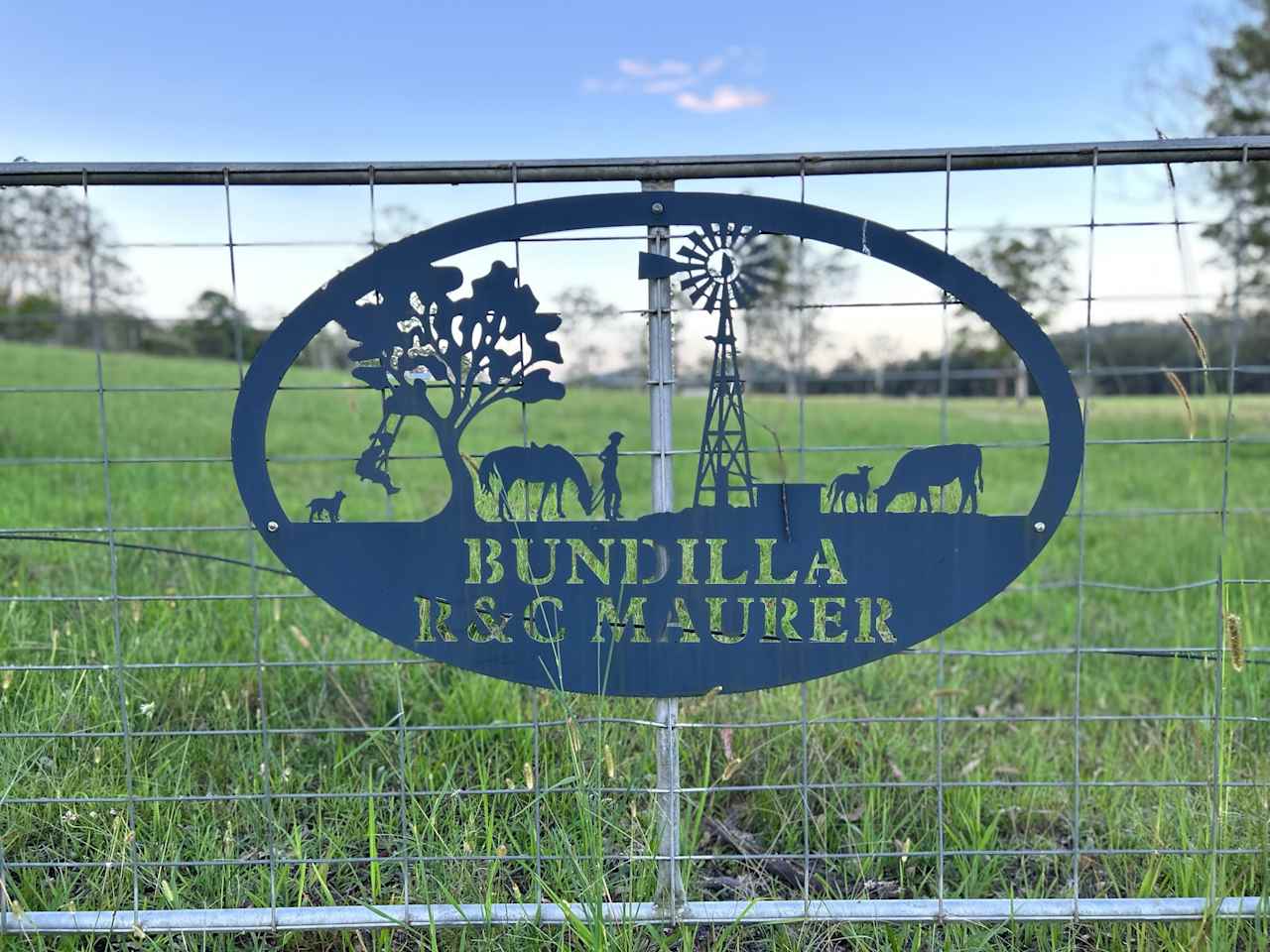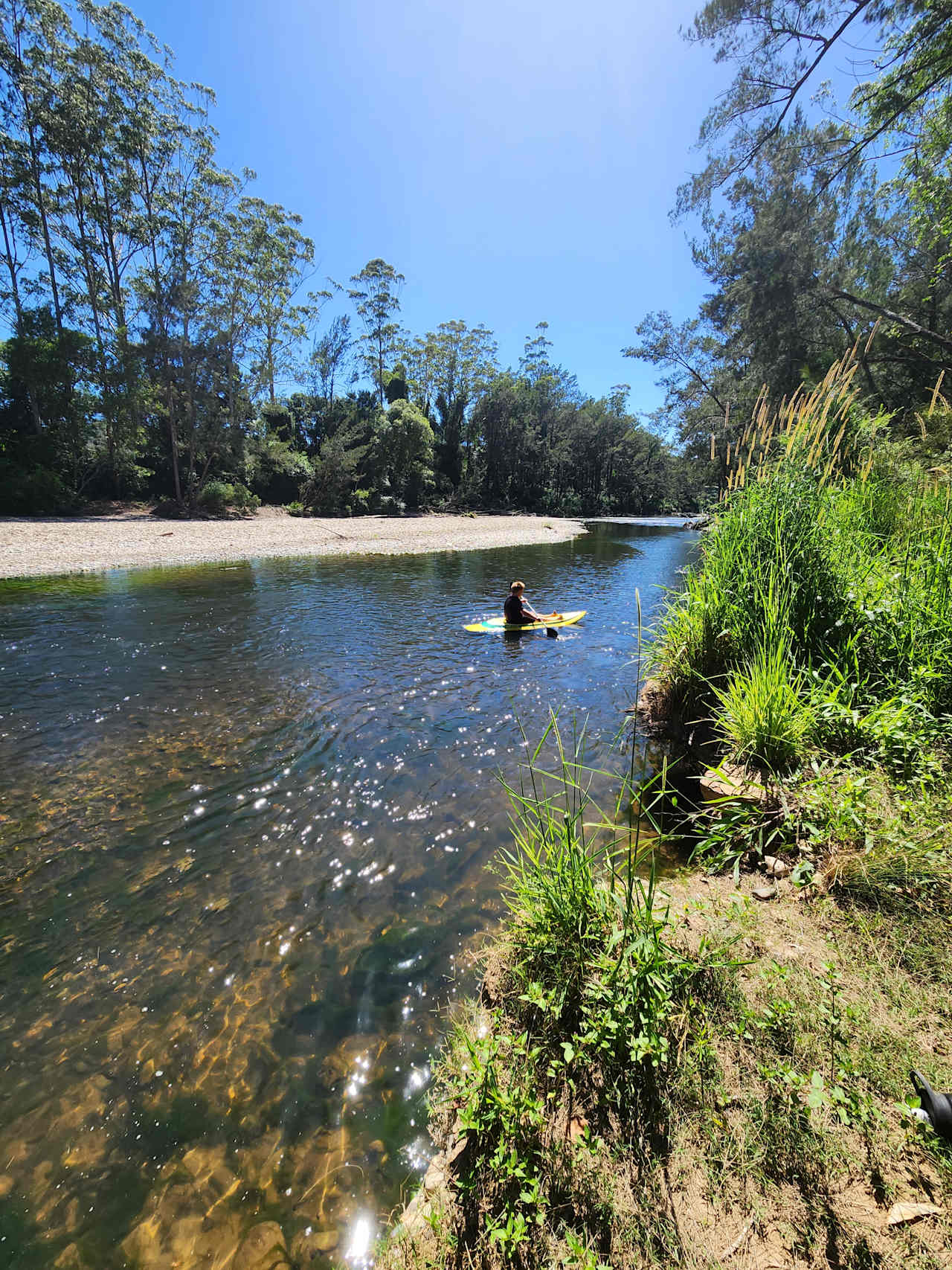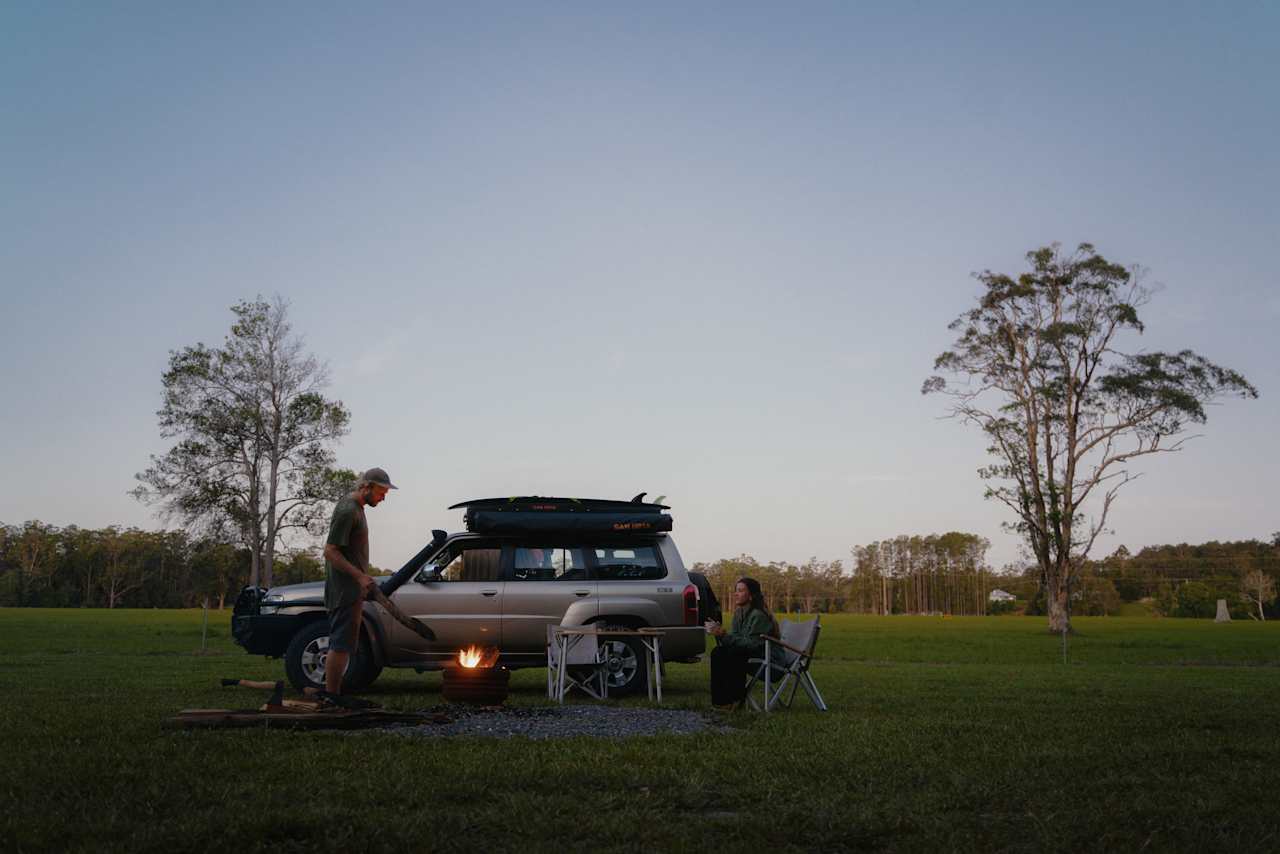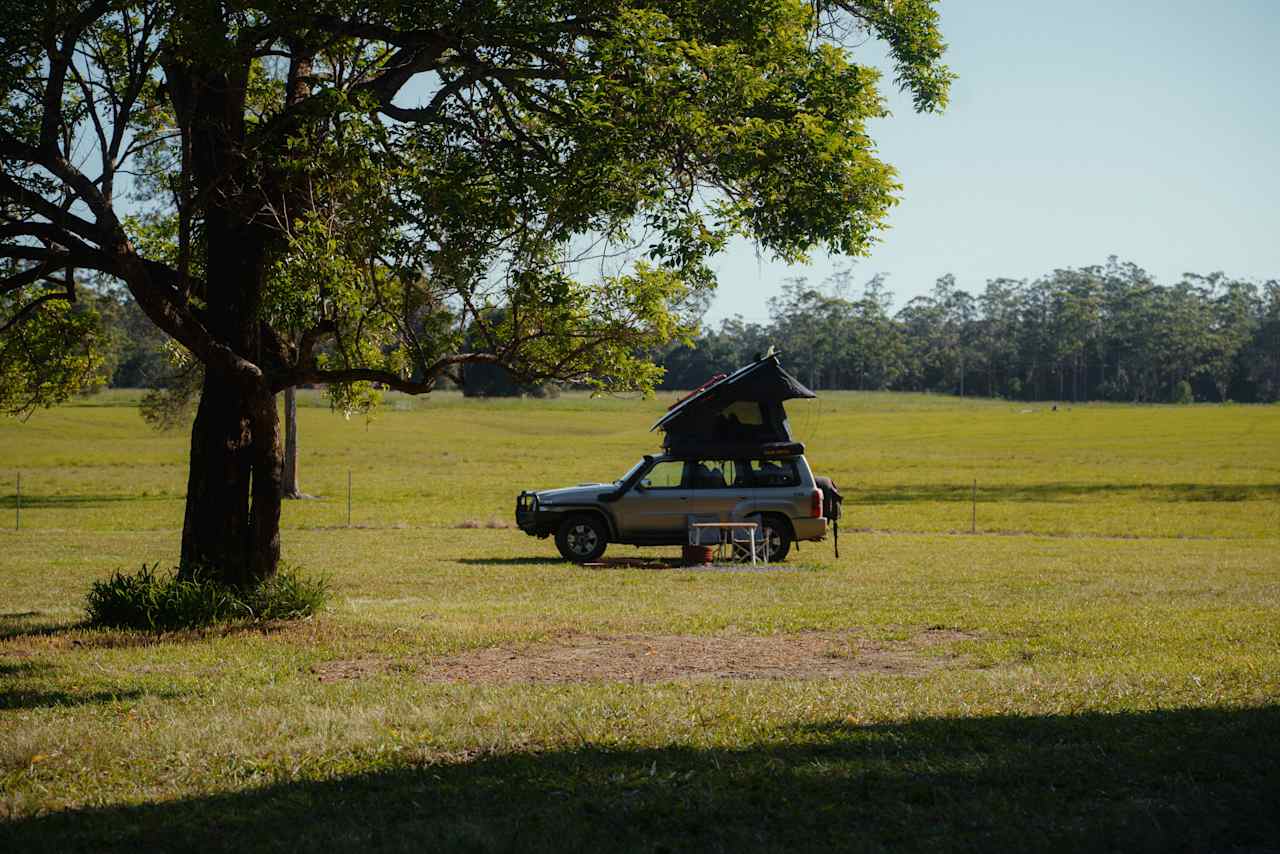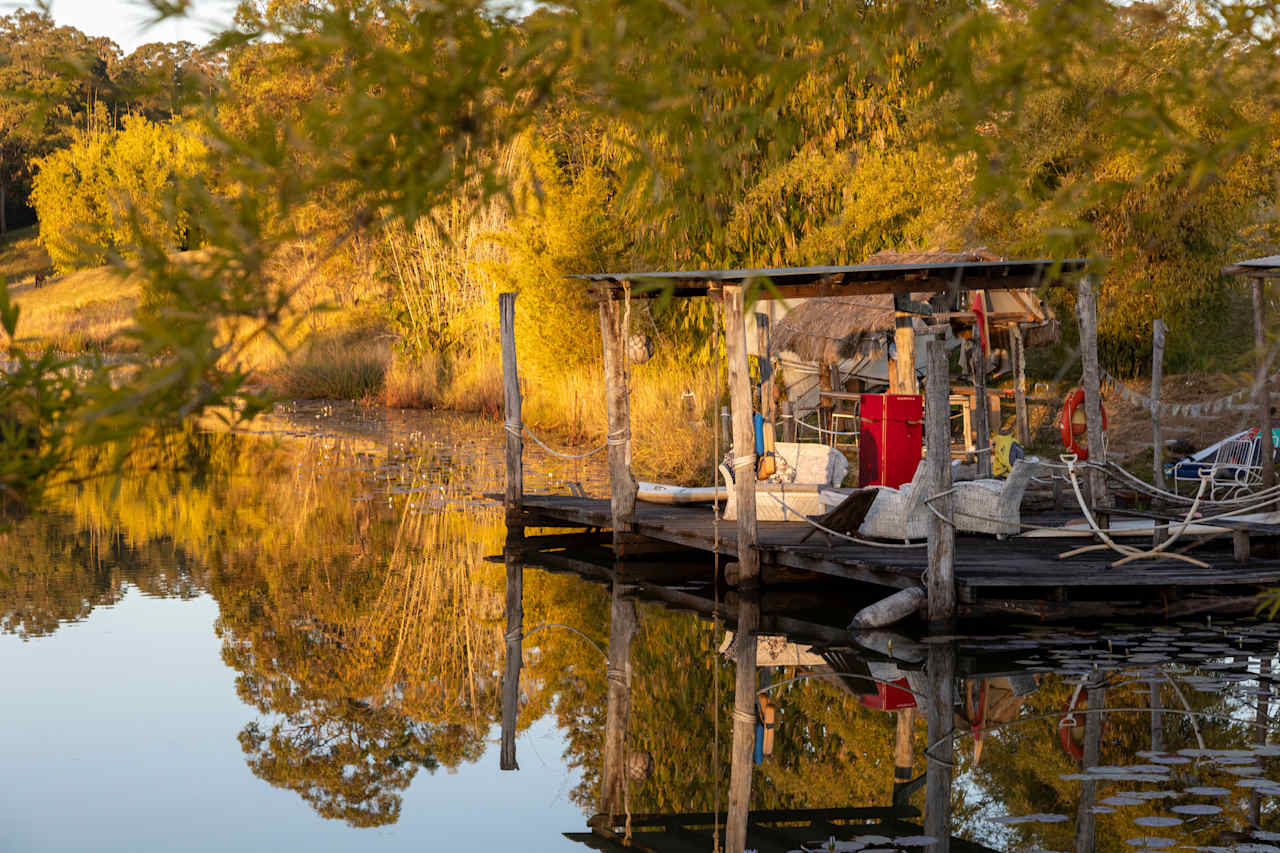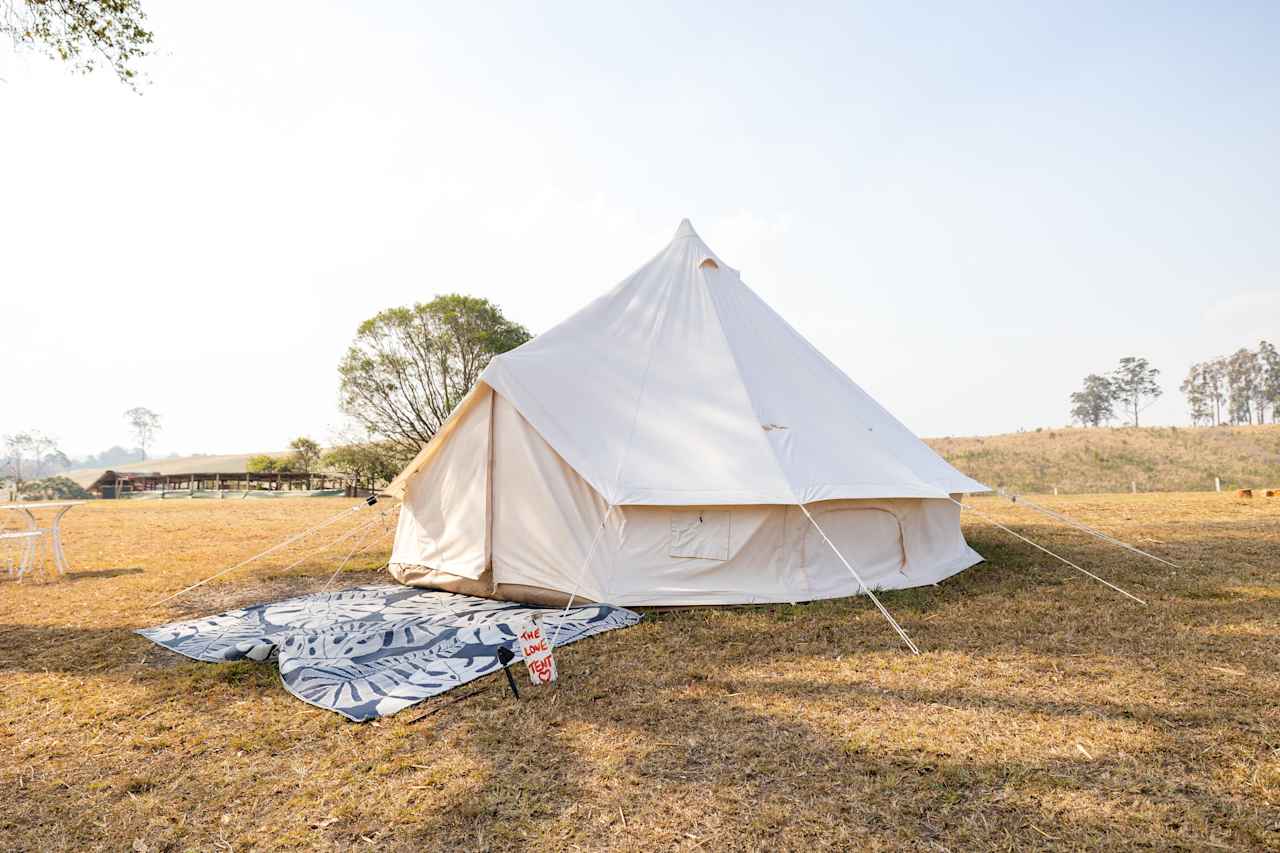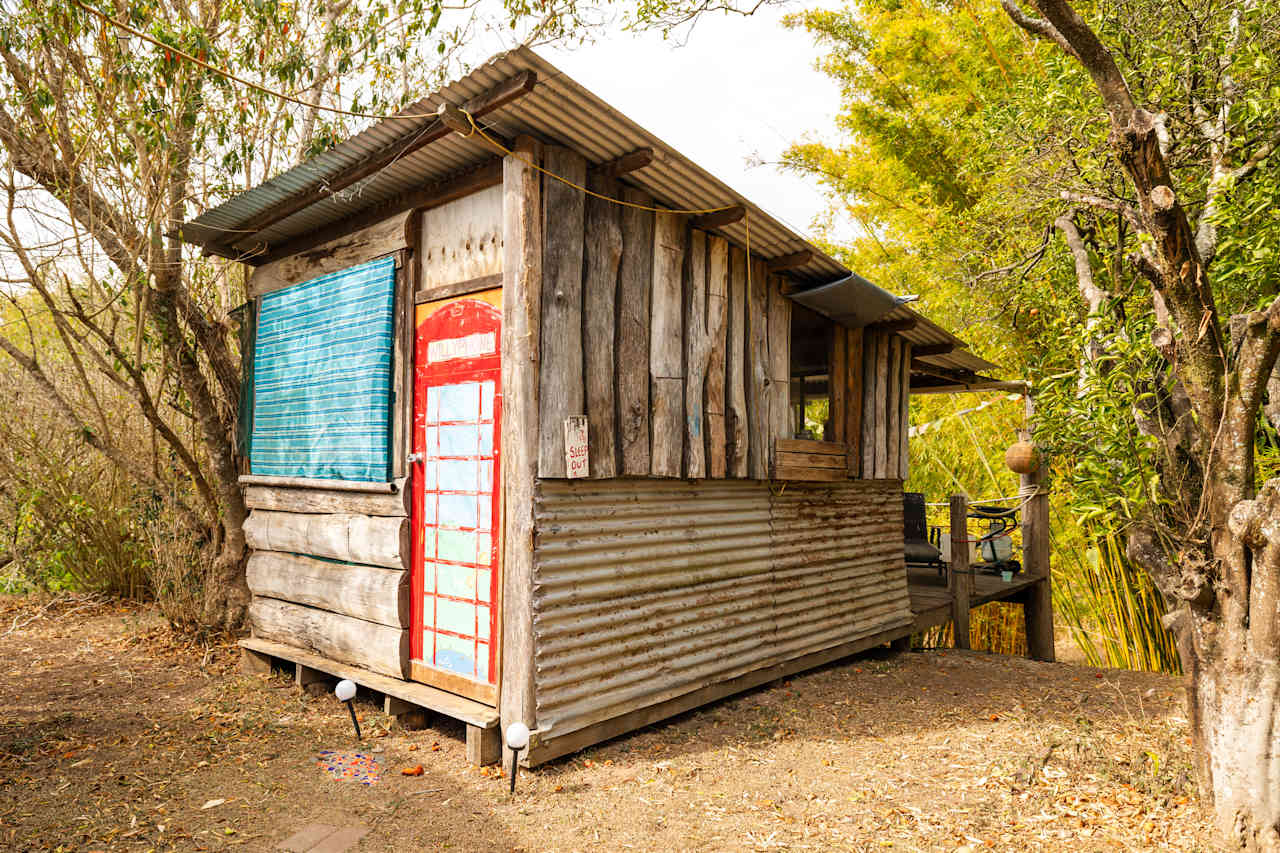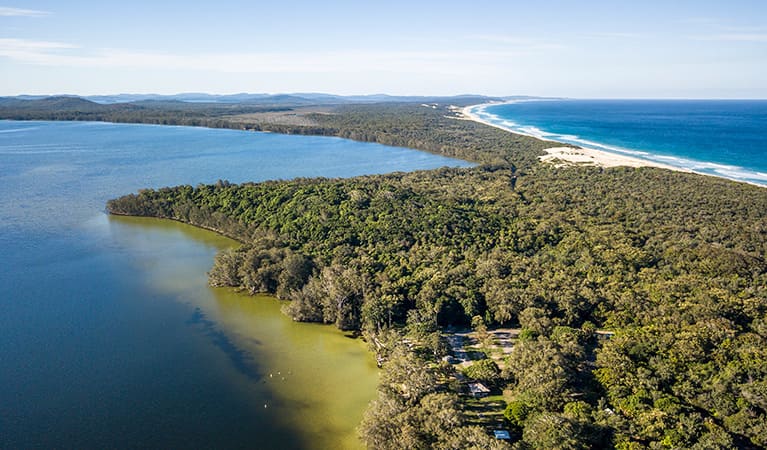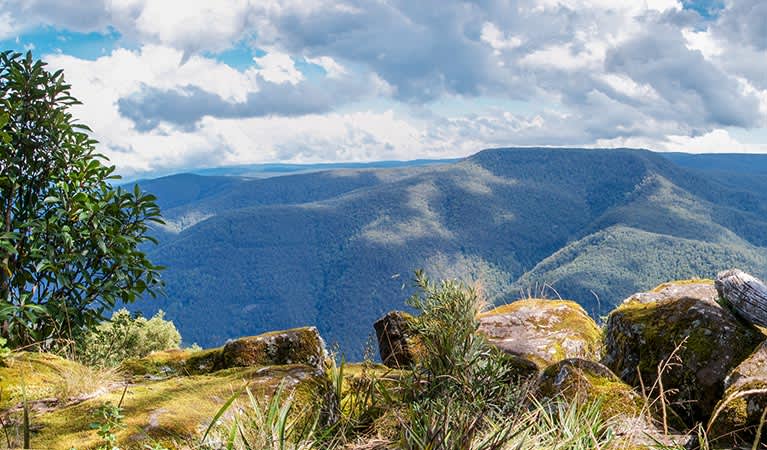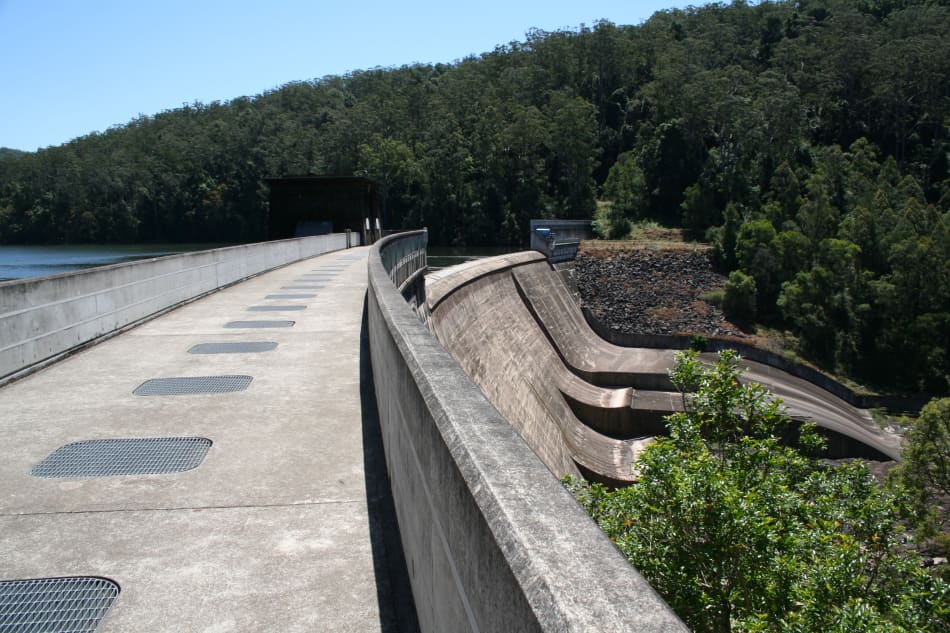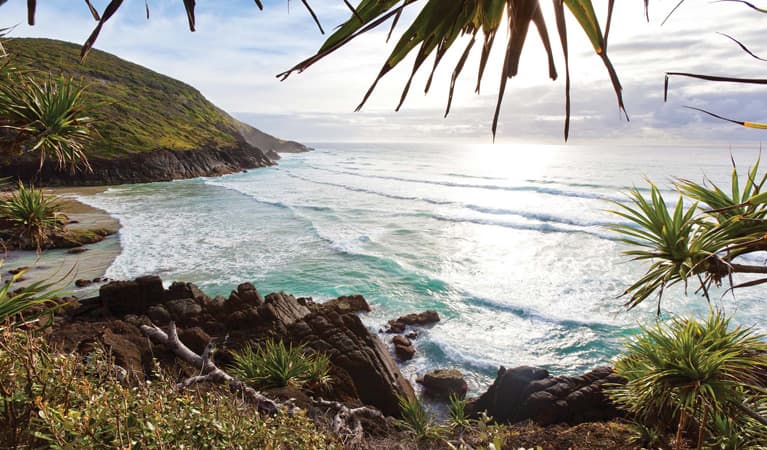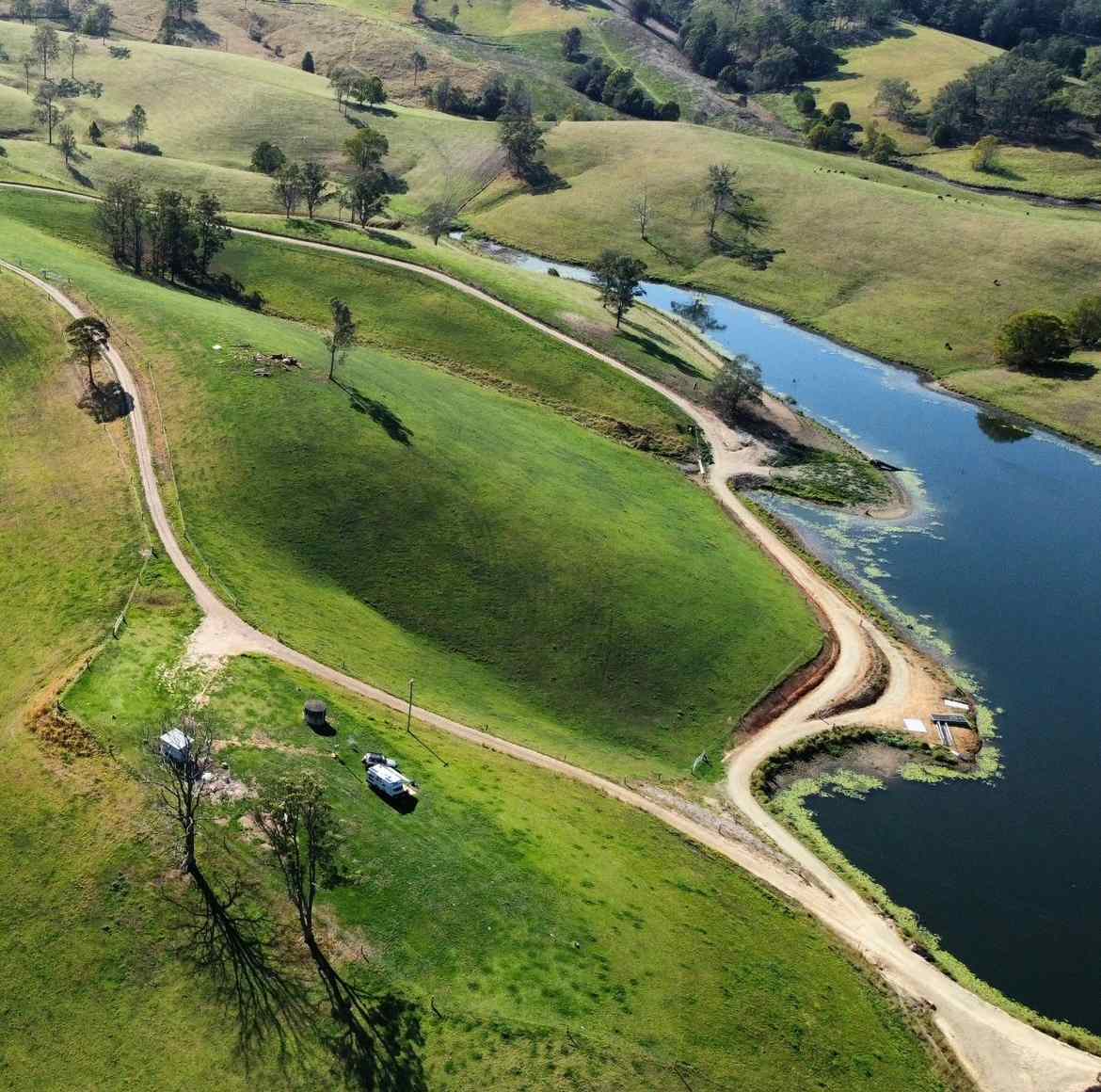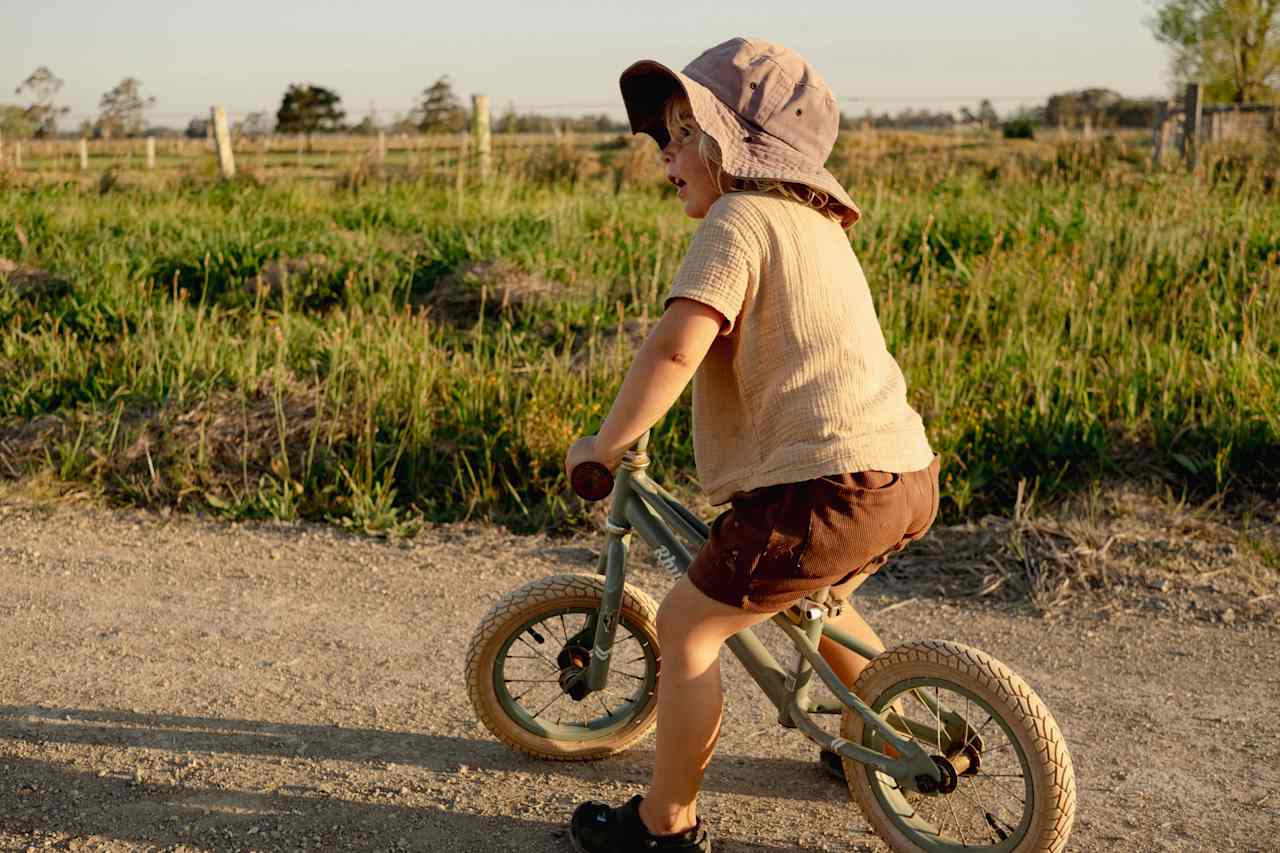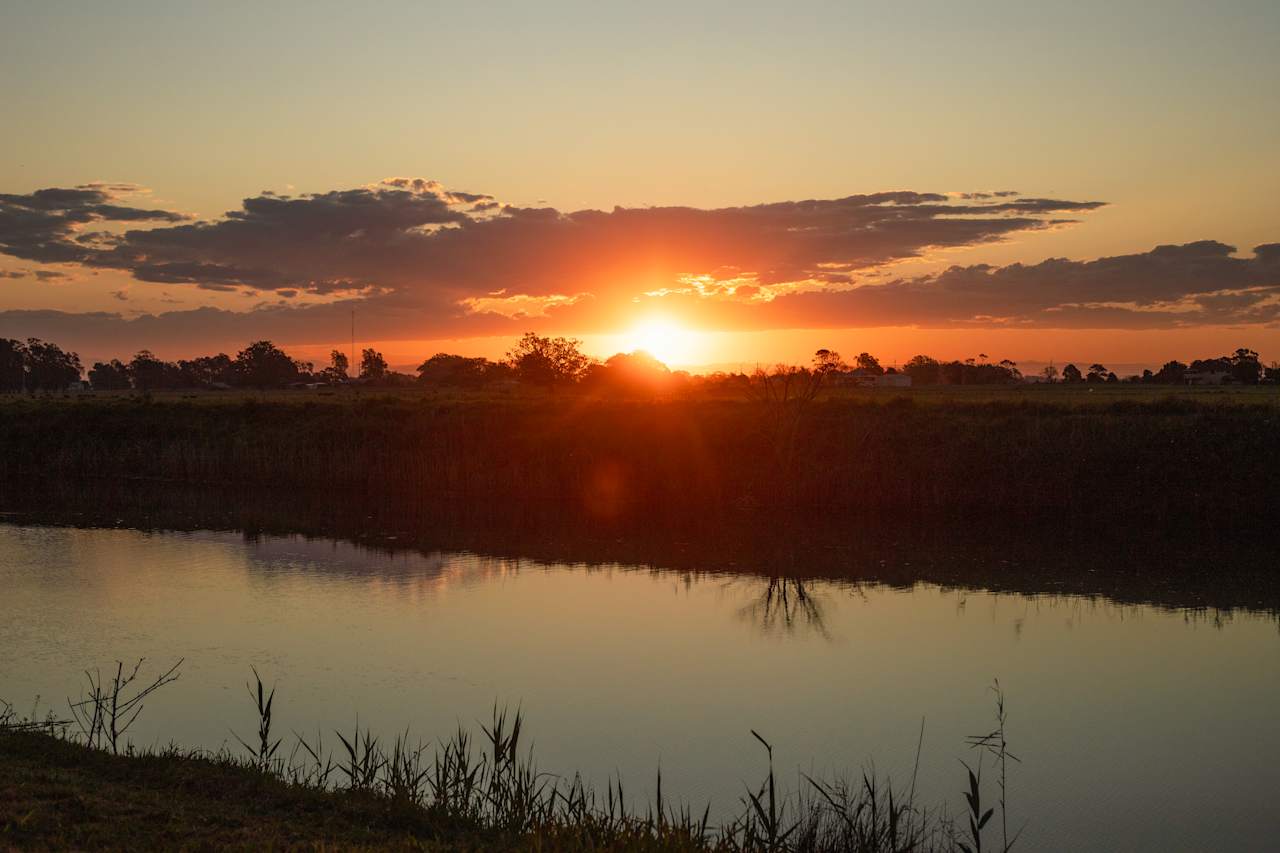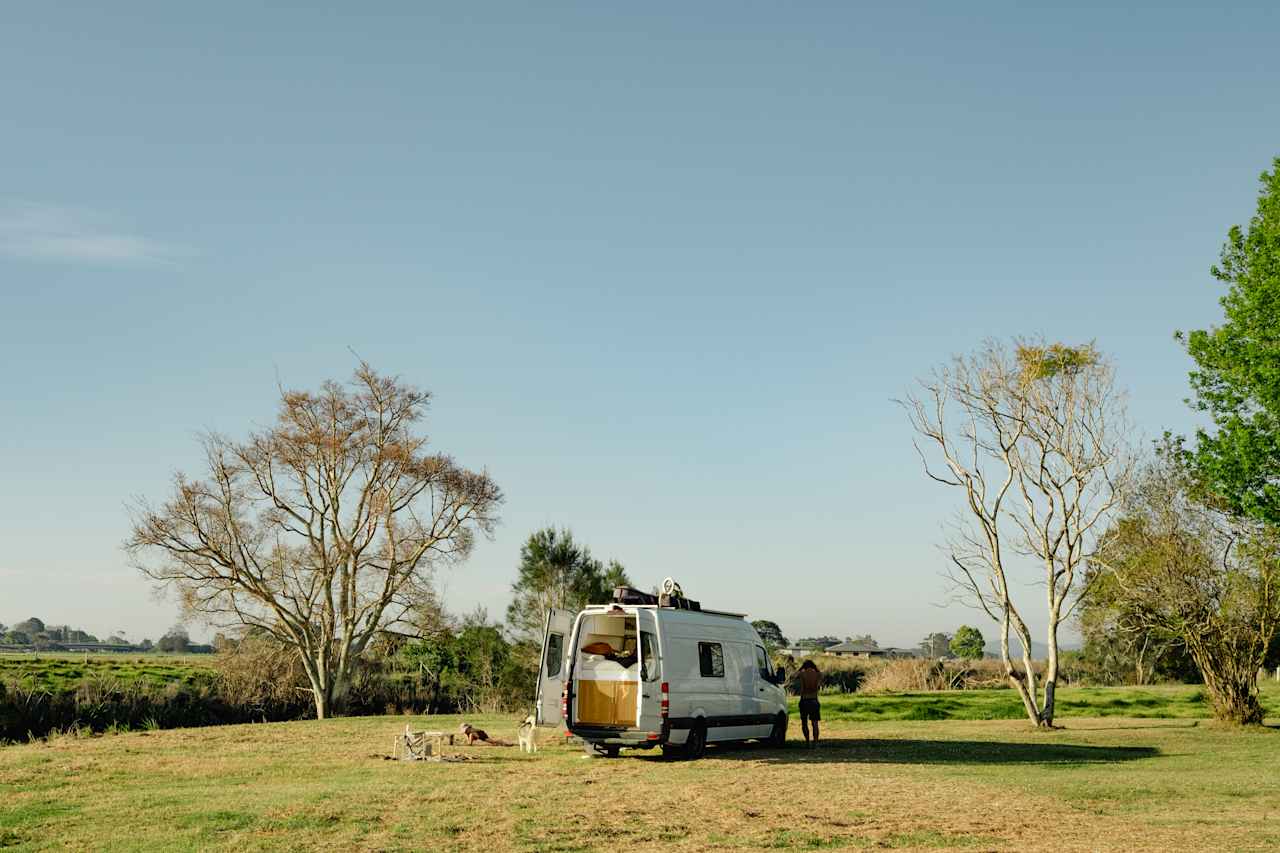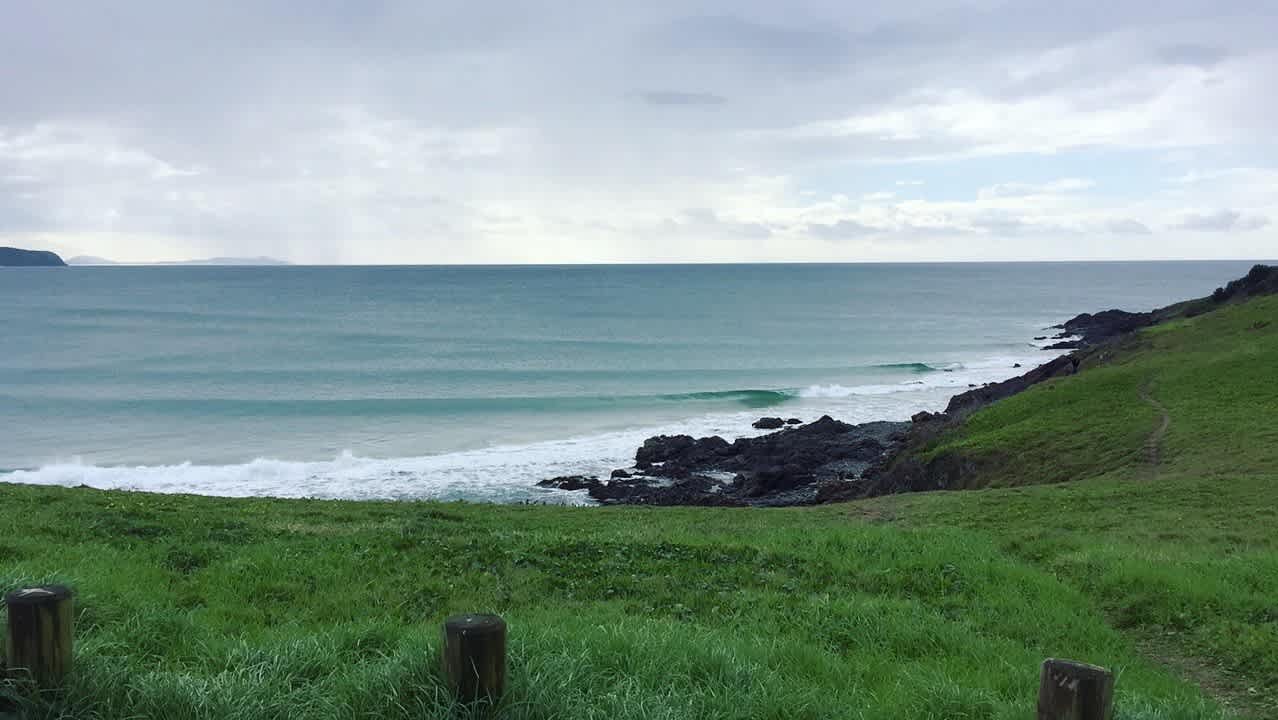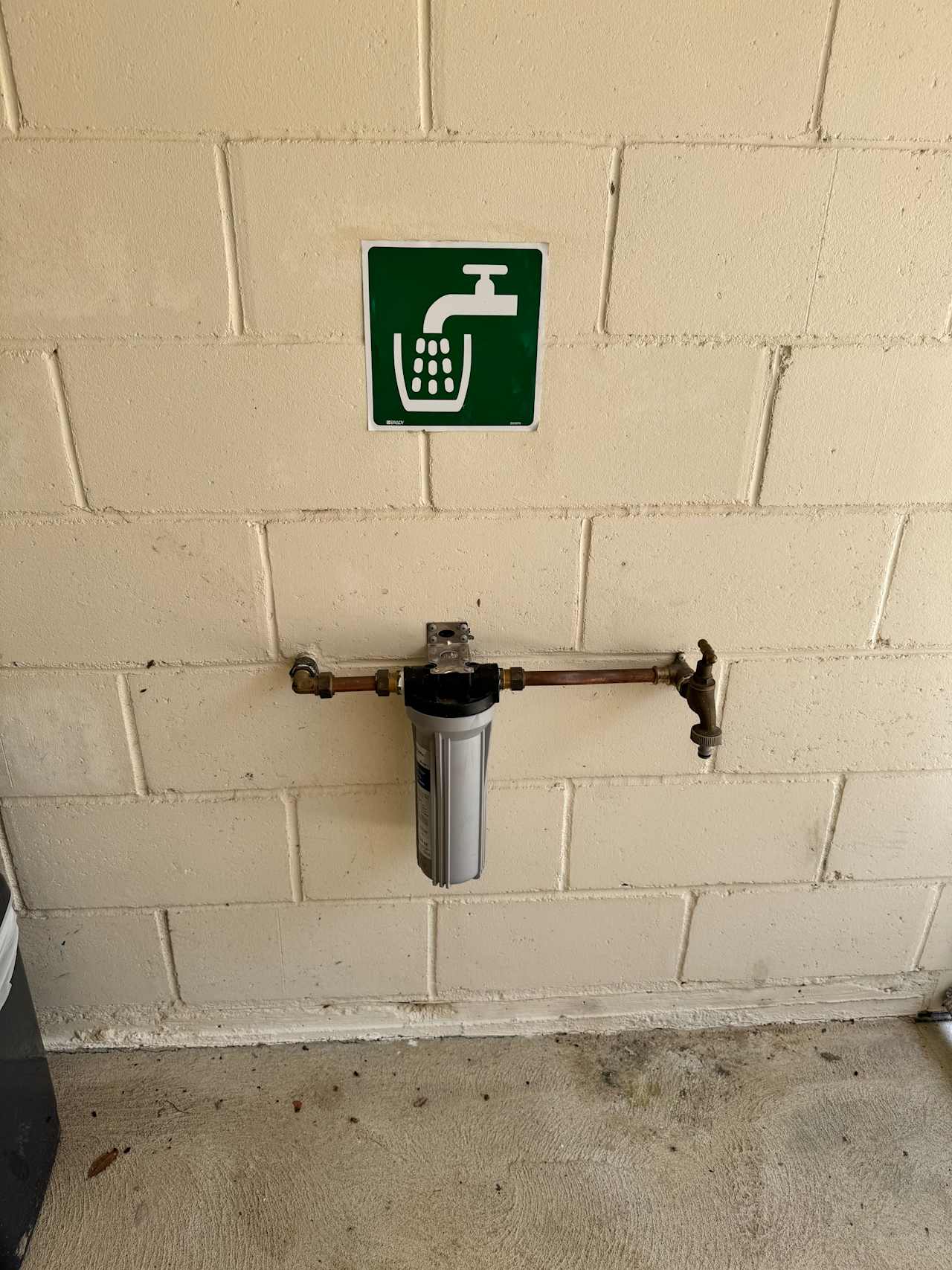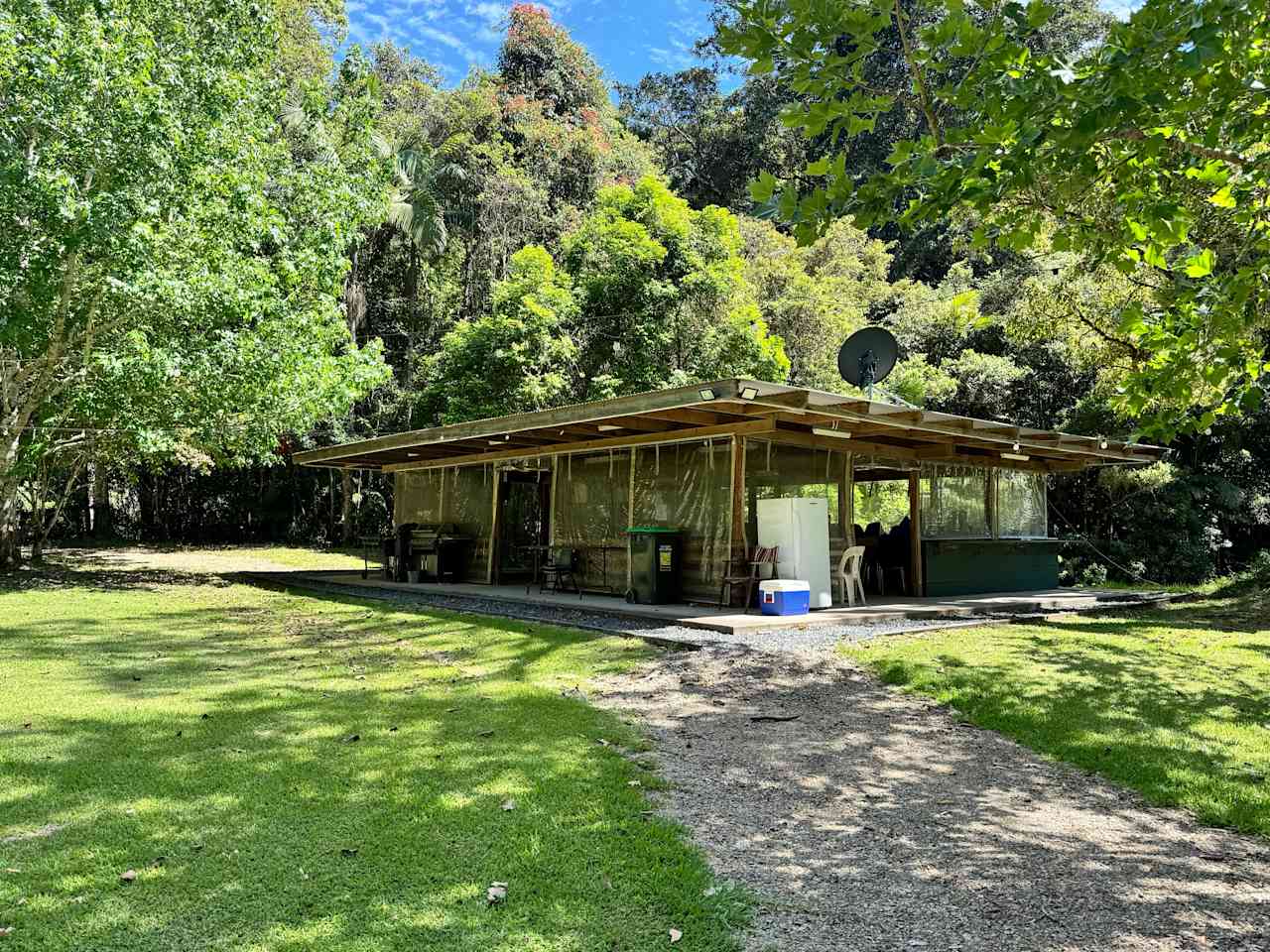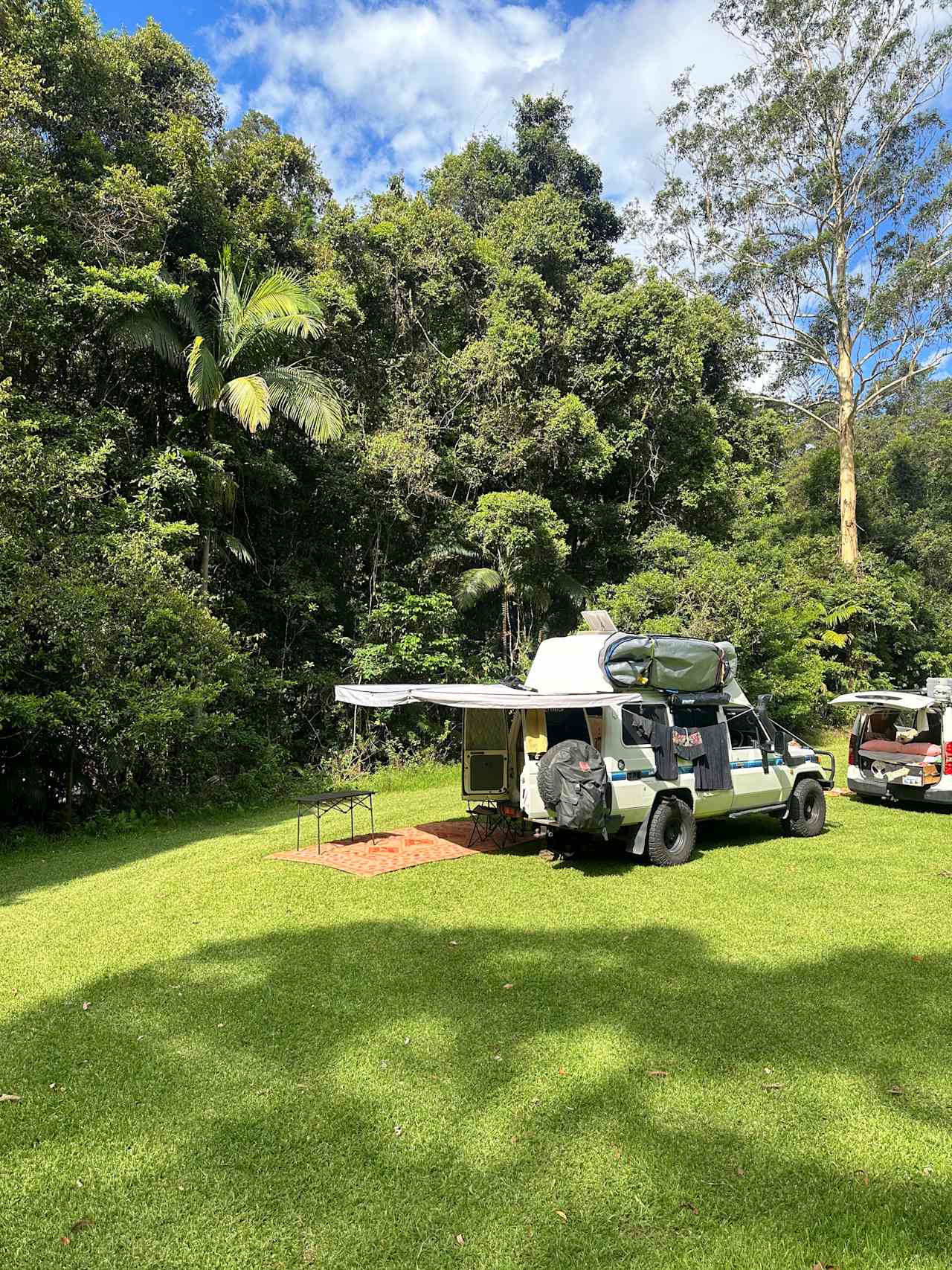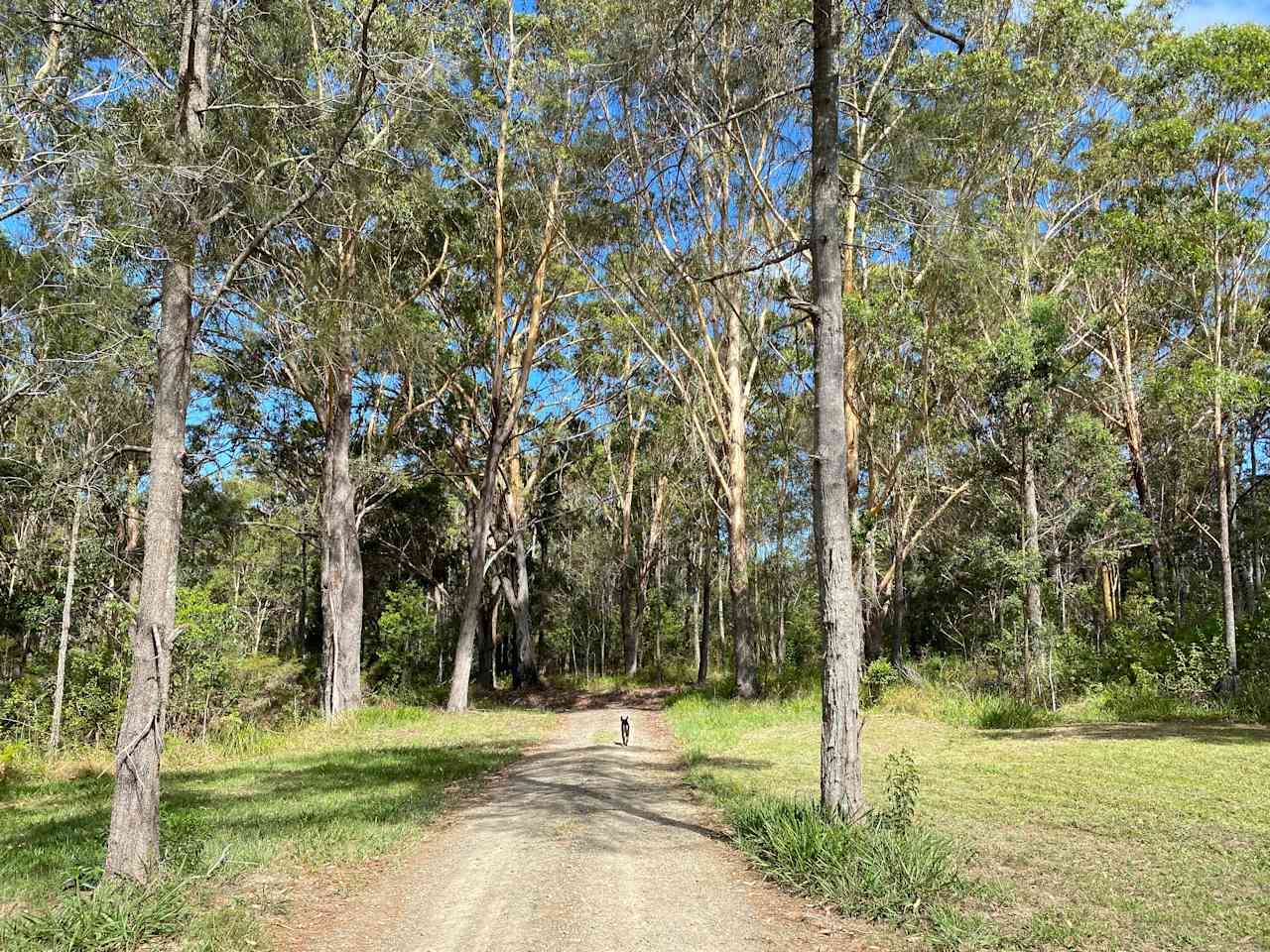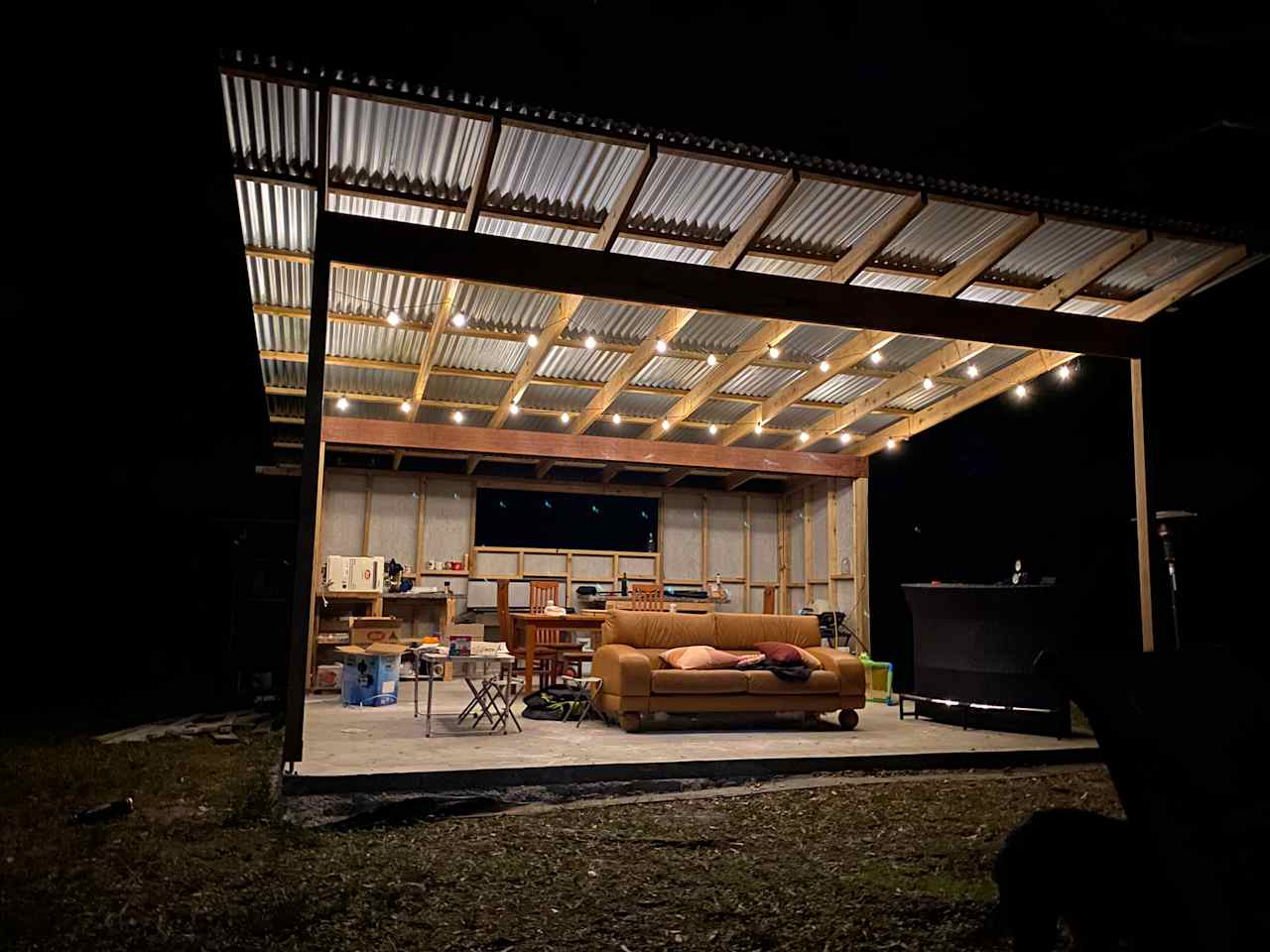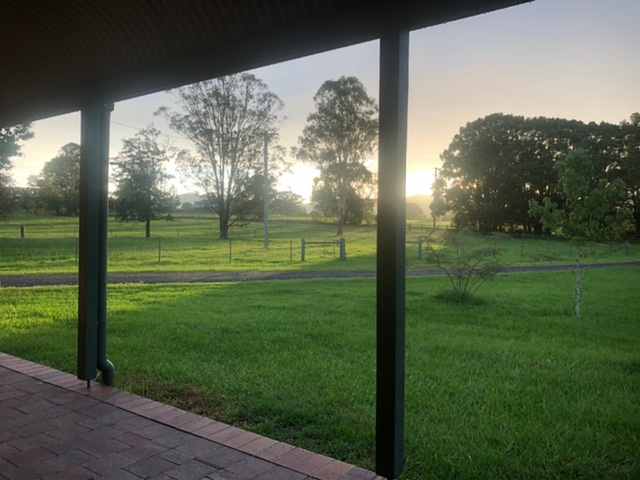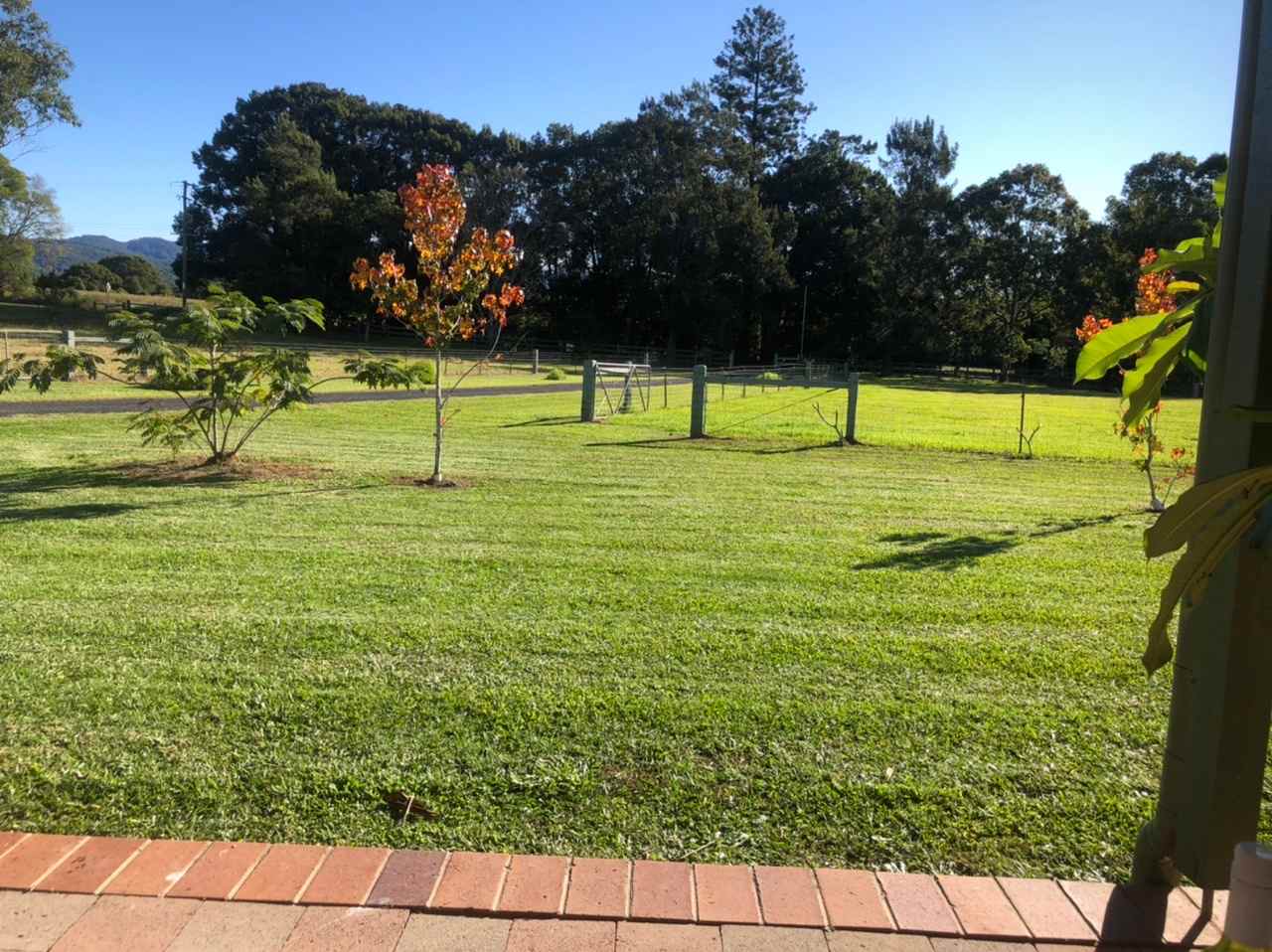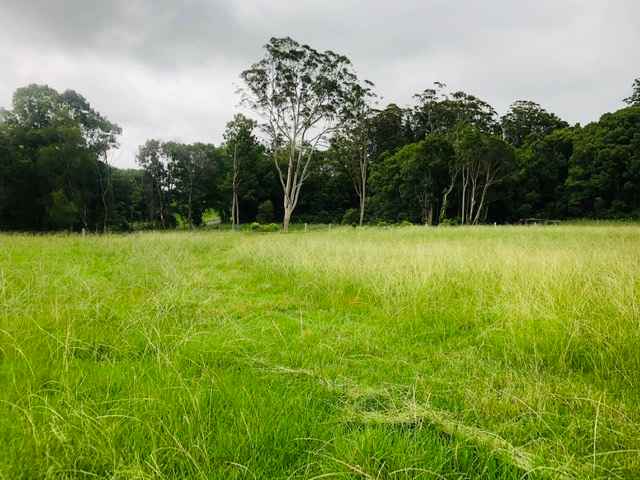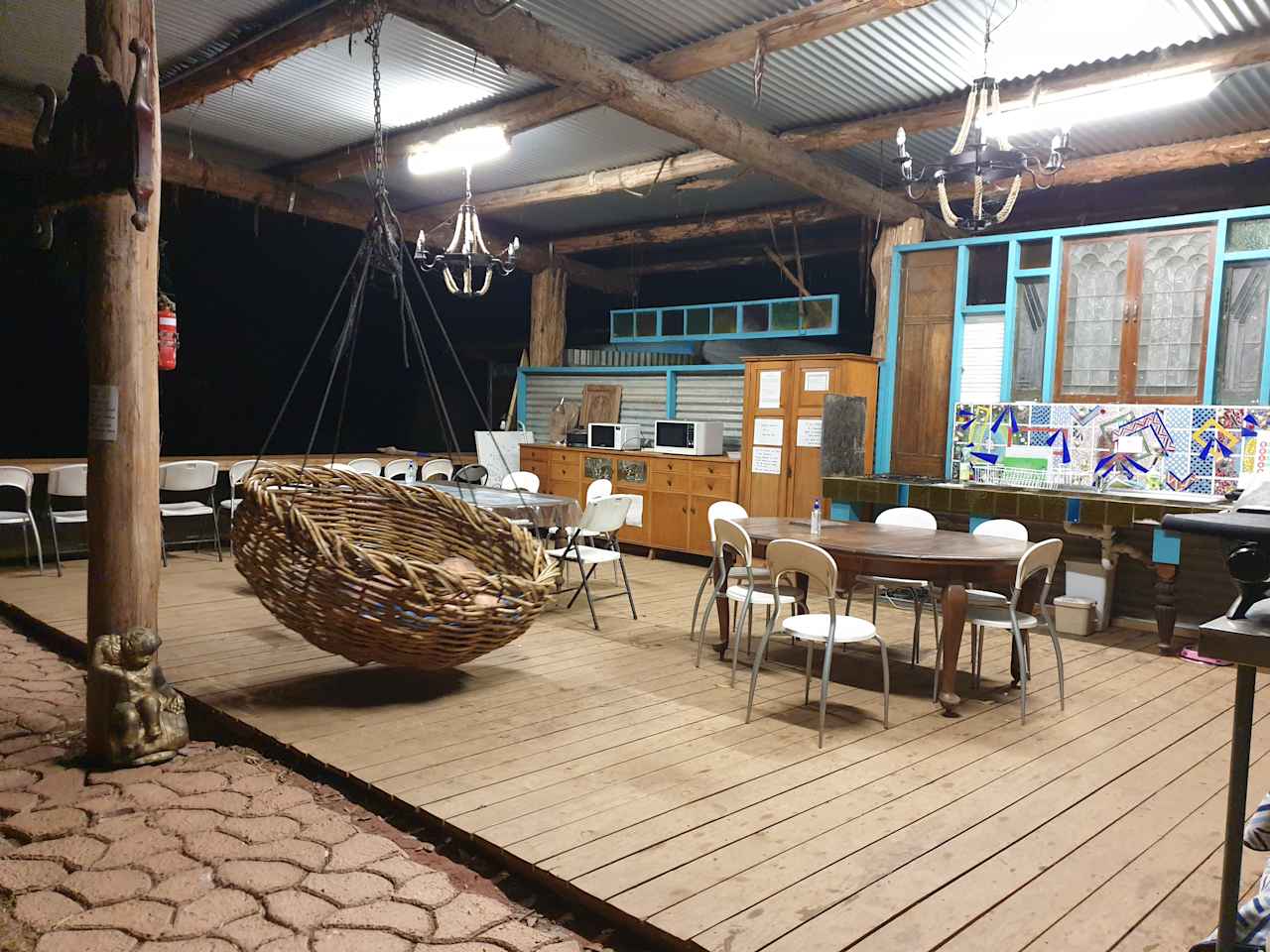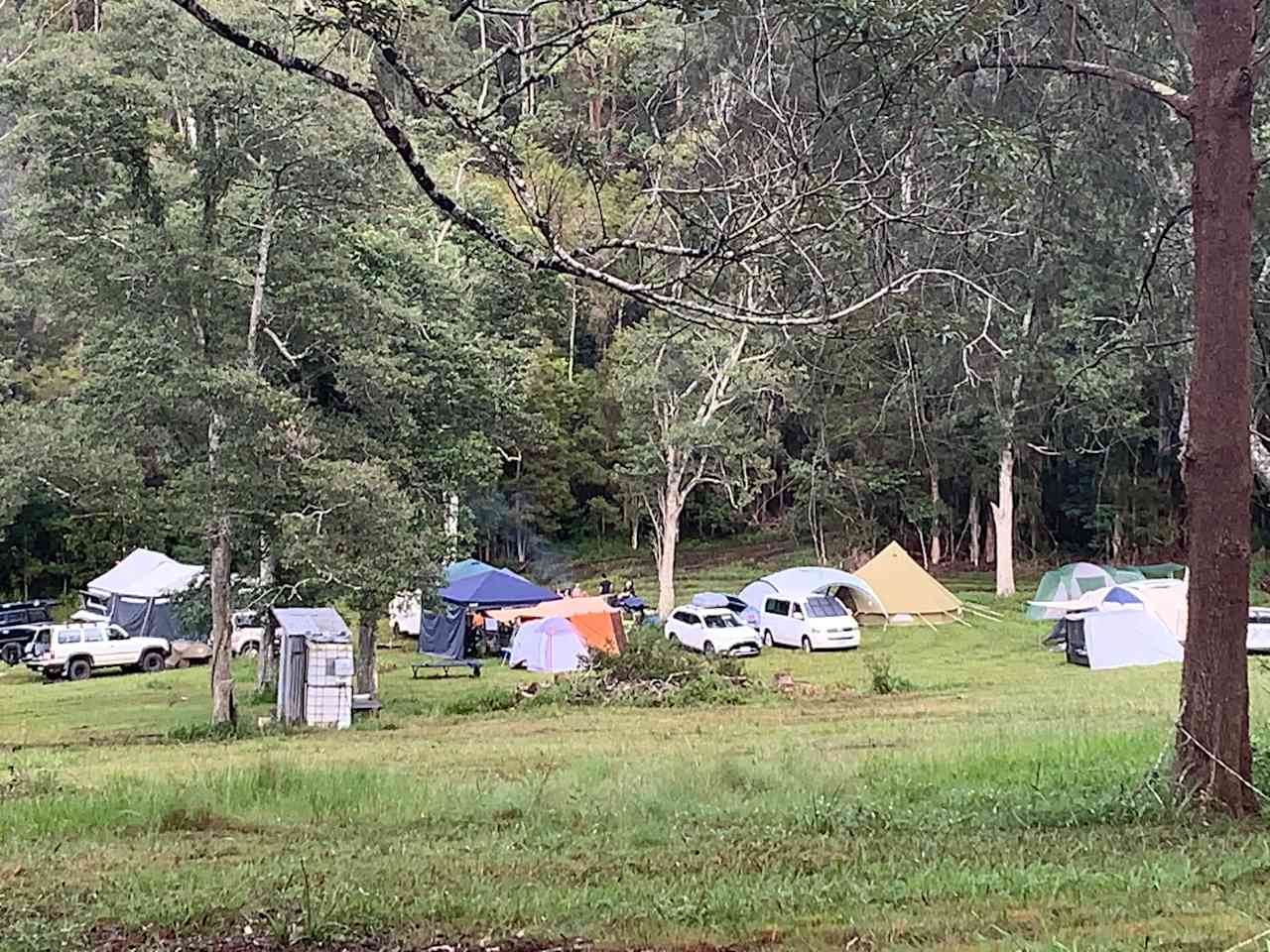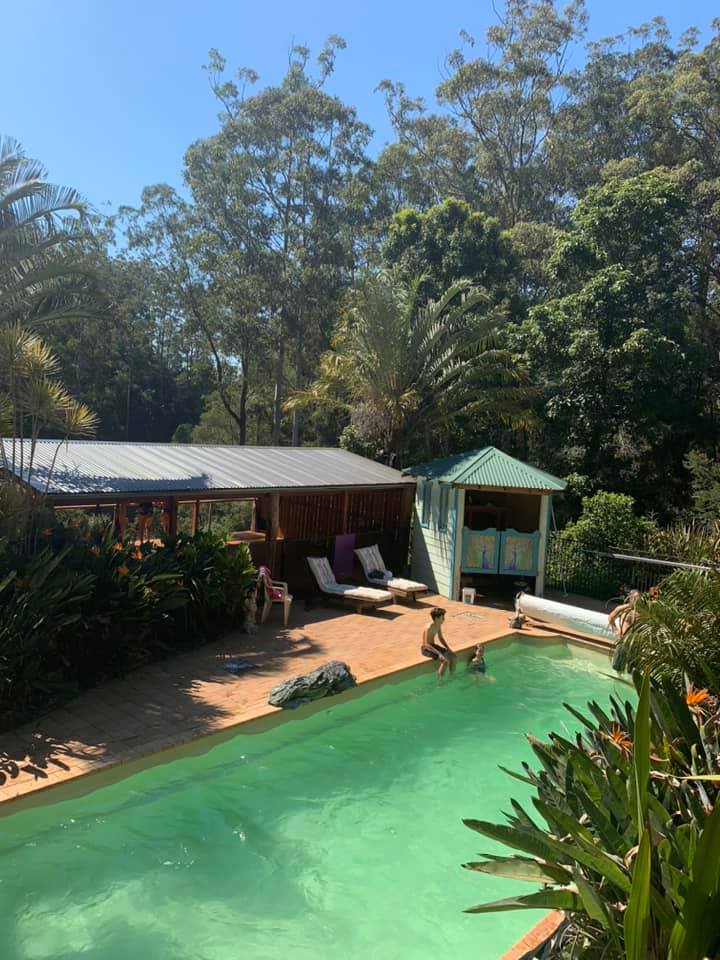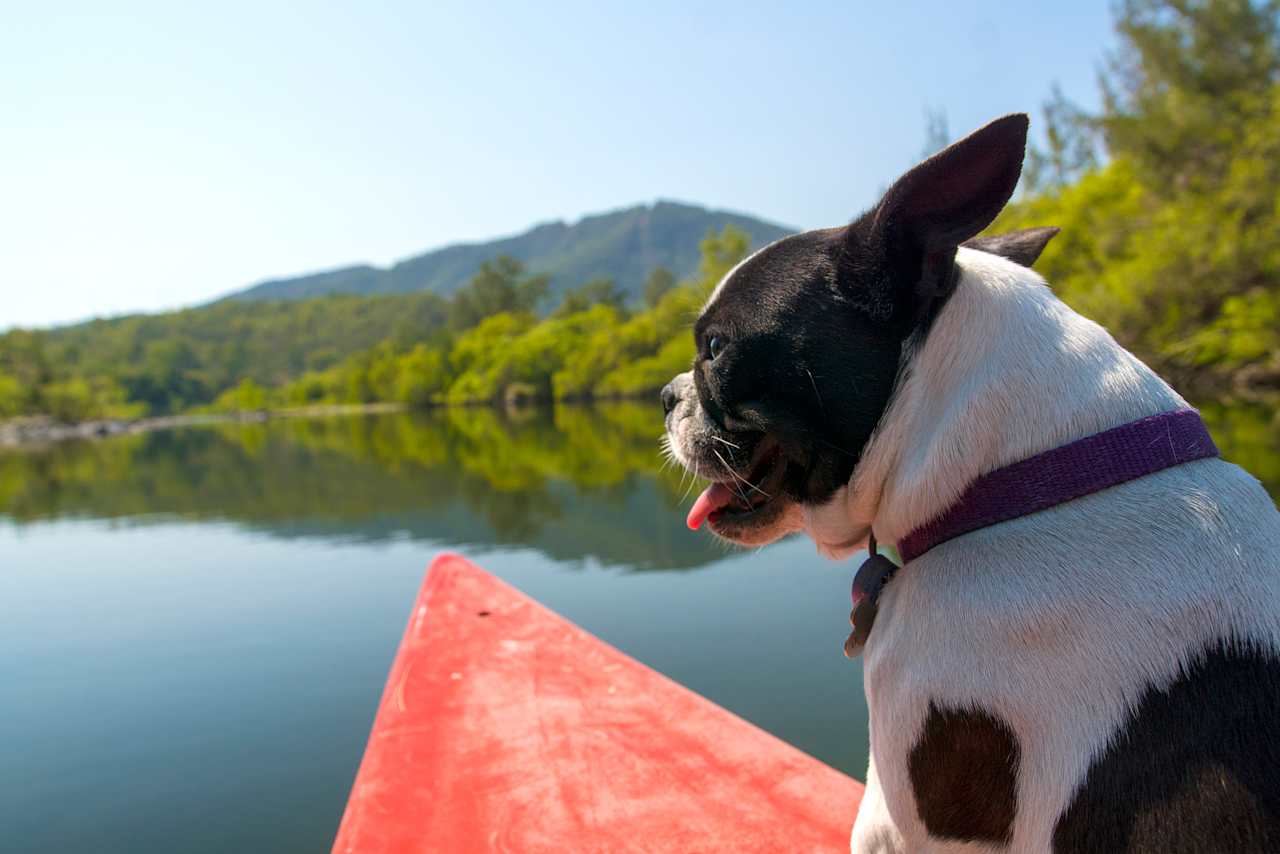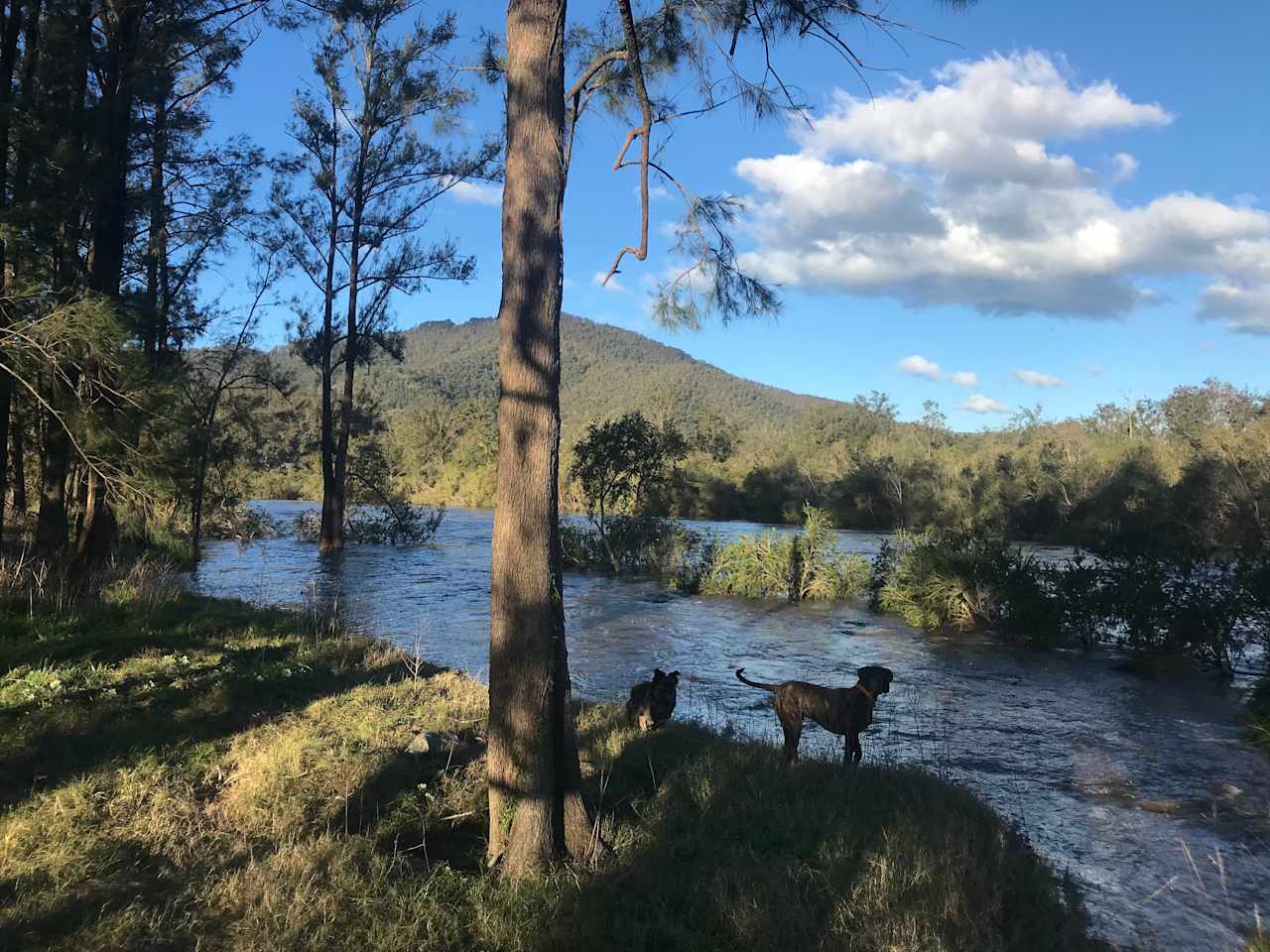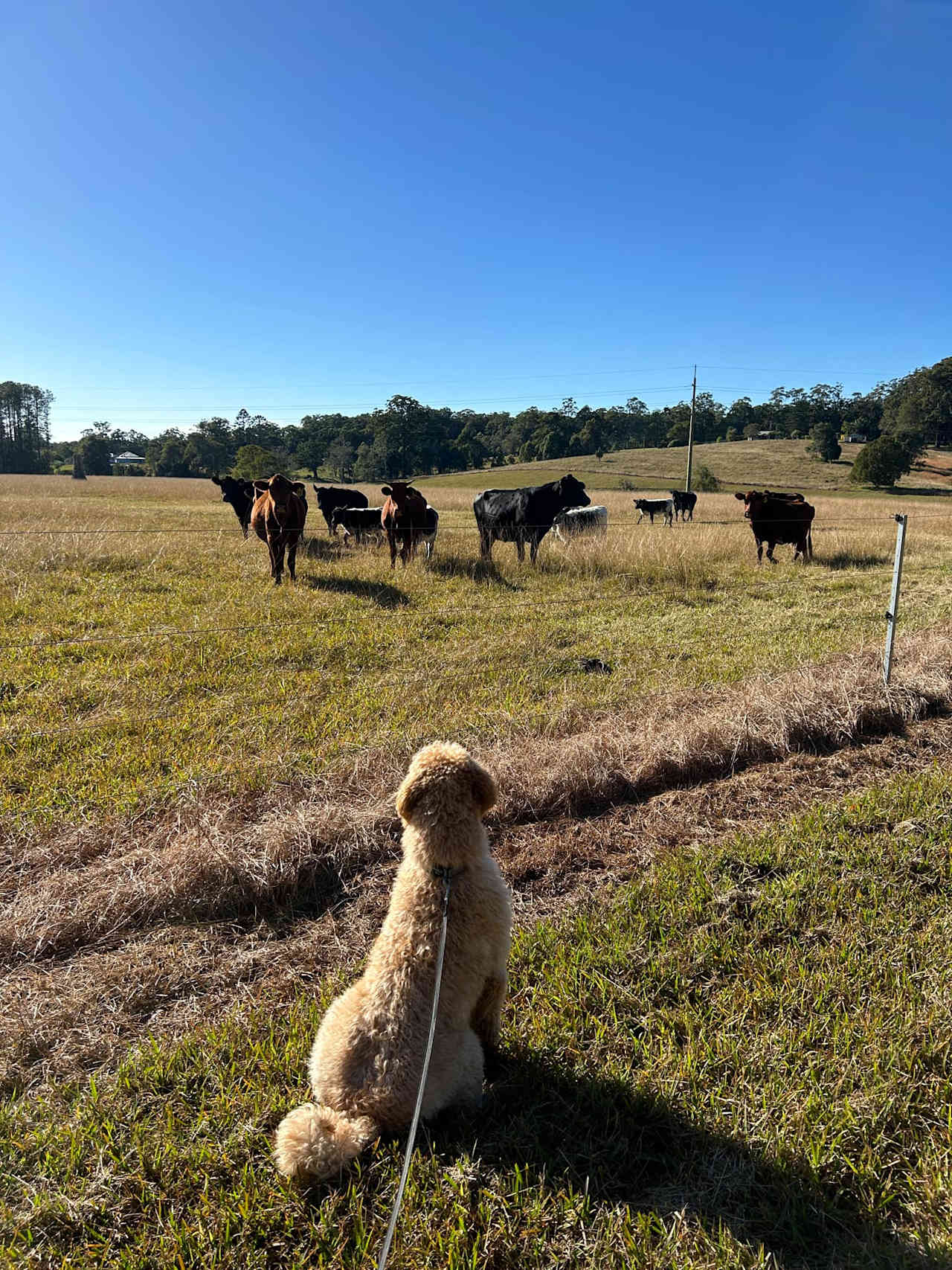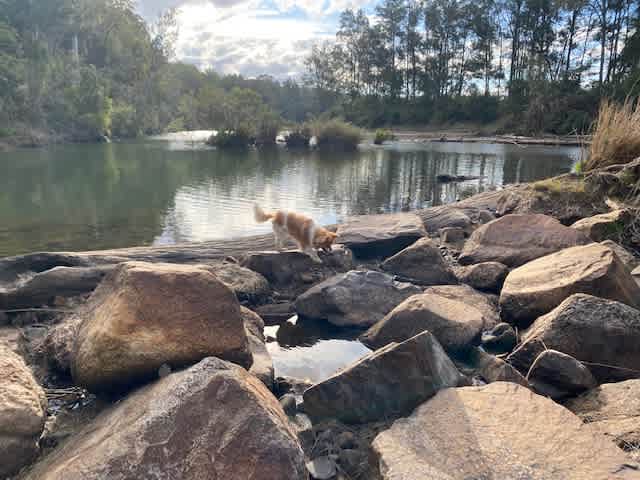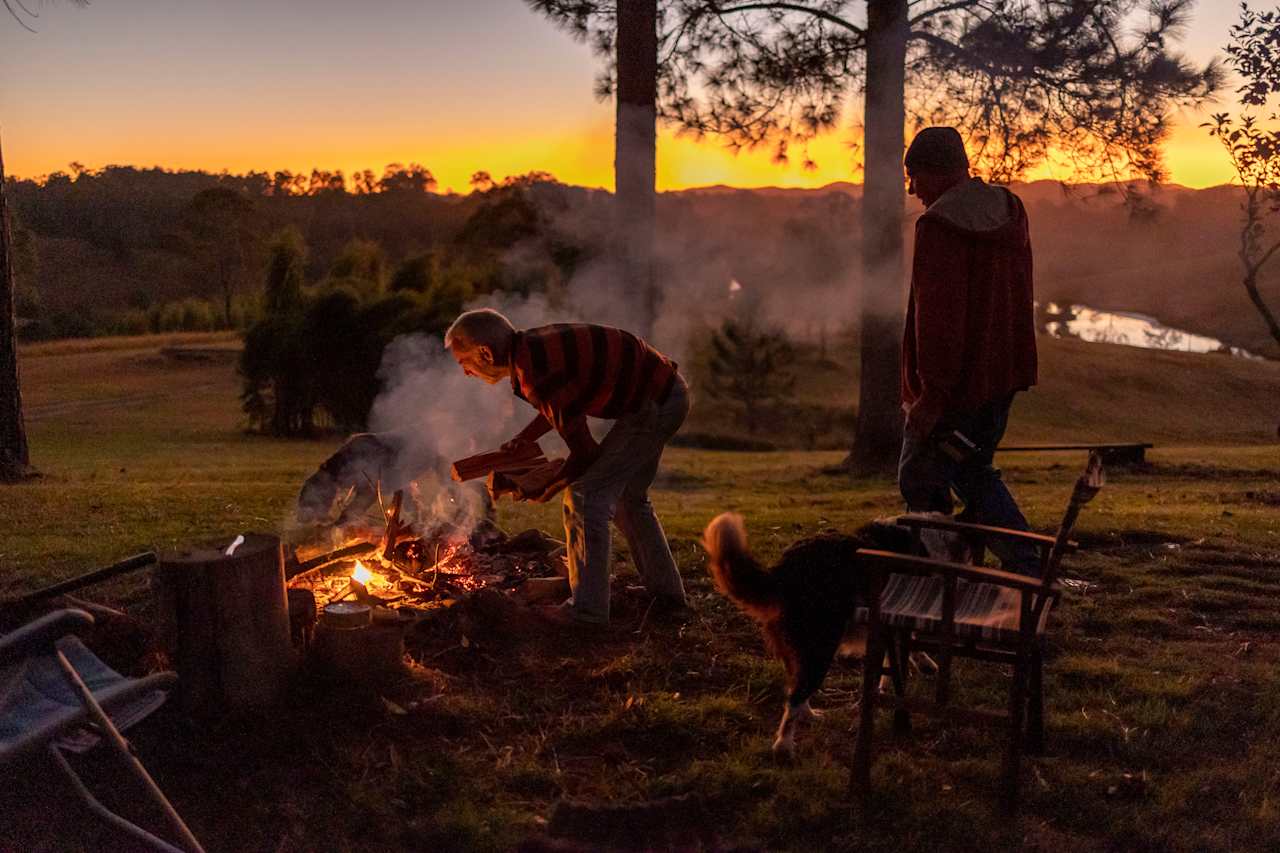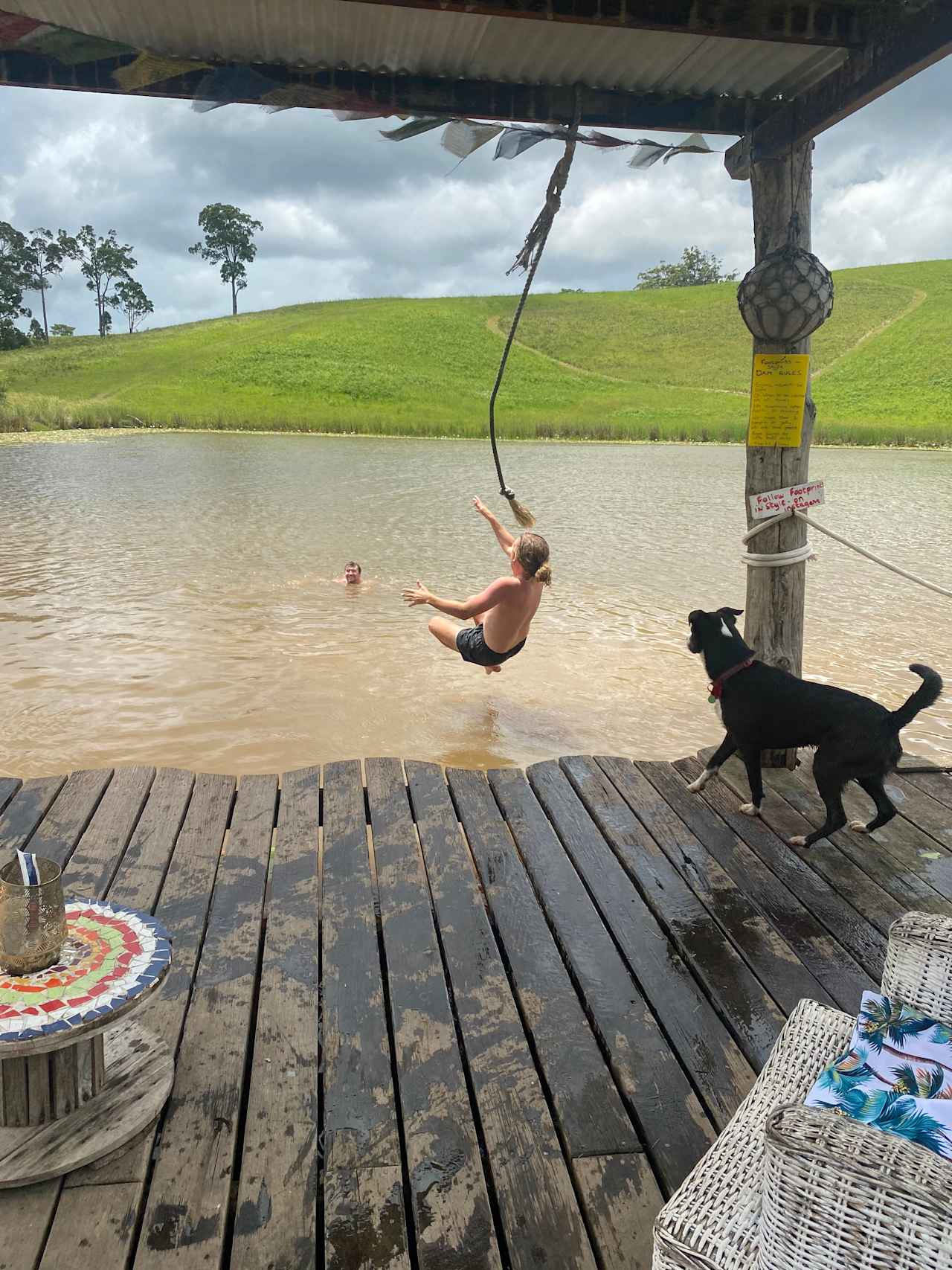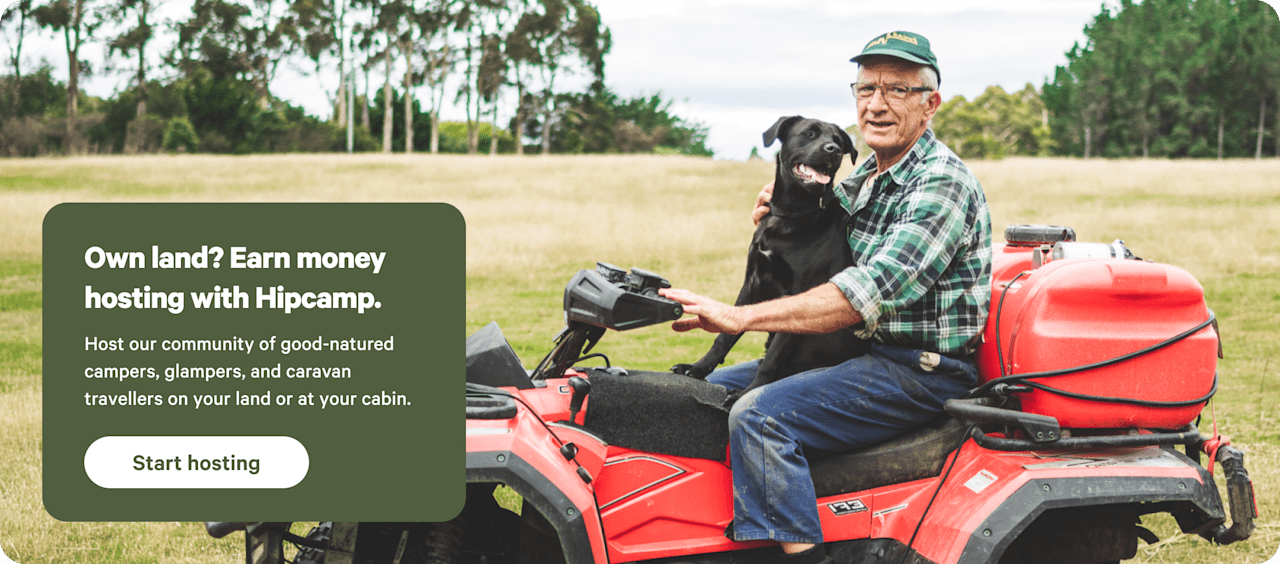Camping near South West Rocks
Wake up to the water in this seaside holiday town on the NSW North Coast.
- South West Rocks
Popular camping styles for South West Rocks
Under $50
Top camping destinations
Available this weekend
12 top campgrounds near South West Rocks
Star Hosts in South West Rocks
Dog-friendly getaways
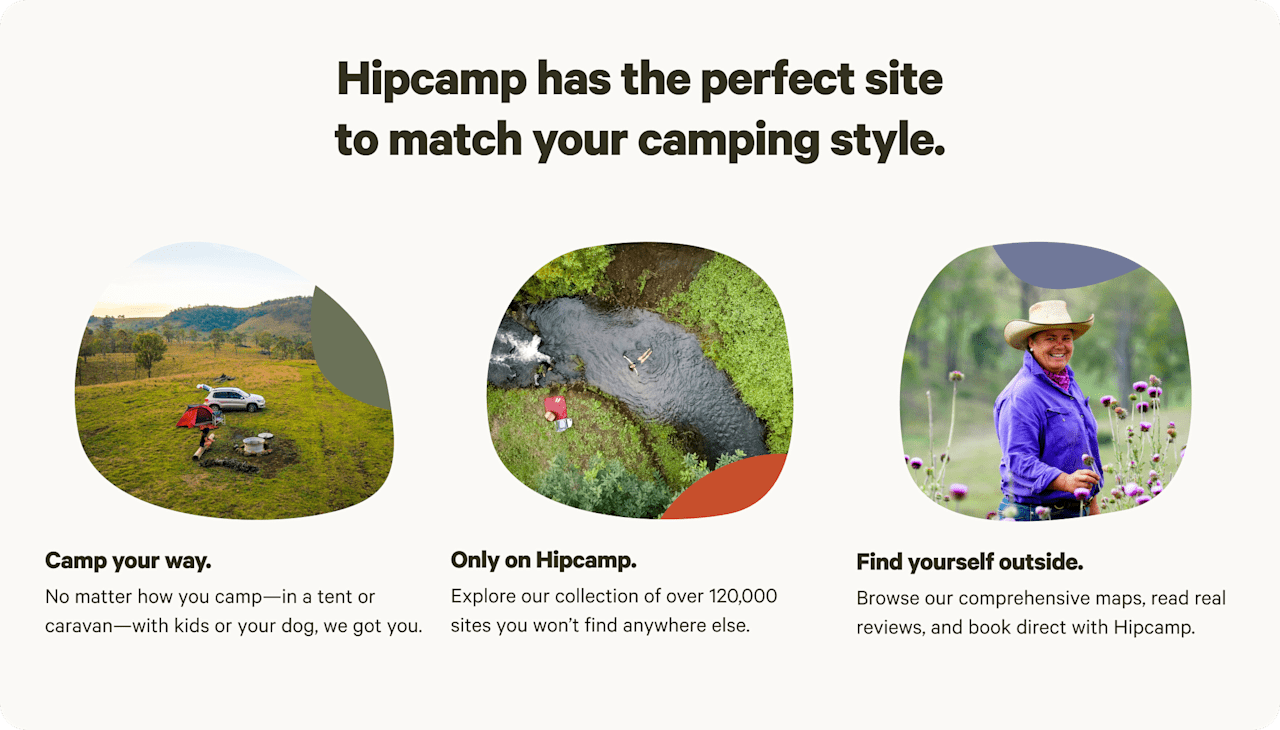

Camping near South West Rocks guide
Overview
Strung out along the shores of Horseshoe Bay at the mouth of the Macleay River, South West Rocks is all about long lazy days in the sun, splashing about in the water, surfing, fishing, and hiking cliff-top walking trails. A perennial favourite with families, it’s very much a get-back-to-nature type of place, with several holiday parks offering camping and glamping experiences, including a beachfront caravan park in the middle of town. The campsites at nearby Arakoon National Park also overlook the sea. Explore the sandstone ruins of Trial Bay Gaol, watch the sunrise from Smoky Cape Lighthouse, or dive with rare grey nurse sharks at Fish Rock Cave, one of the longest ocean cave dives in Australia. If you tire of the sun and sand, there’s plenty of rainforest nearby to explore as well.
Where to go
South Along the Coast
The village of Hat Head, half an hour’s drive south, is an even sleepier version of South West Rocks, with beaches just as nice and a beachside caravan park. The three-kilometre walking trail around the hat-shaped headland in the national park is one of the best cliff-top walks in the region. The next town south of Hat Head, Crescent Head, is home to one of Australia’s most famous right-hand surfing breaks and is a favourite with longboard riders.
Through the Rainforest
Explore the lush rainforest and wetlands north of South West Rocks in Yarriabini National Park and Yarrahapinni Wetlands on the 17-kilometre Way Way Creek Road scenic loop drive. The view from Yarriabini Lookout is a knockout.
Kempsey
Follow the Macleay River southwest to Kempsey, with its heritage houses, Wigay Aboriginal Cultural Park bushtucker farm, and riverside holiday parks. Kempsey is the birthplace of the iconic Aussie hat, the Akubra.
When to go
The weather is good for camping all year on the NSW North Coast, with lots of sunny days. The water is warmest for swimming between December and April. You’ll need to book ahead in summer and during Easter holidays, but outside of school holidays, you’ll have most of the place to yourself on mid-week visits. From May through to November you’ve got a good chance at spotting whales from the headlands.
Know before you go
- Stock up on seasonal fresh fruit and vegetables from the many stalls that line the South West Rocks Road that links the township to the Pacific Highway.
- Planning on catching your dinner? You’ll need a recreational fishing license, available online and at most fishing bait and tackle shops.
- Beachside Markets are held in the reserve opposite Horseshoe Bay in the middle of South West Rocks on the second Saturday of each month.
- Want to dive Fish Rock? There are two dive shops in town where you can join a tour or hire gear.
